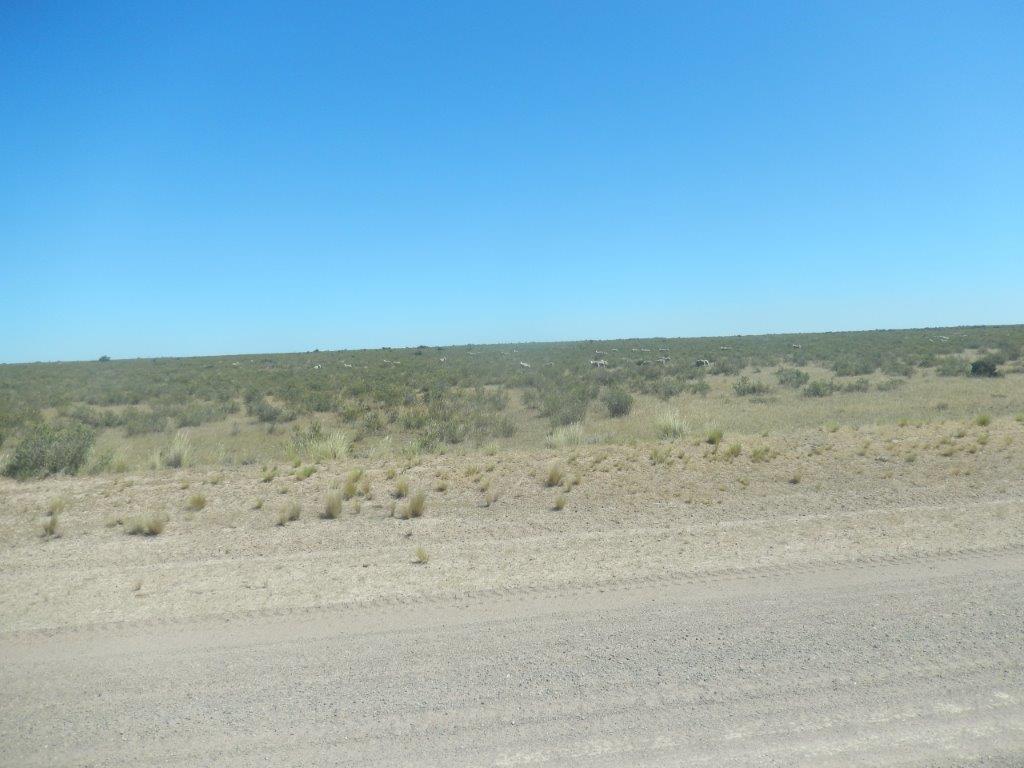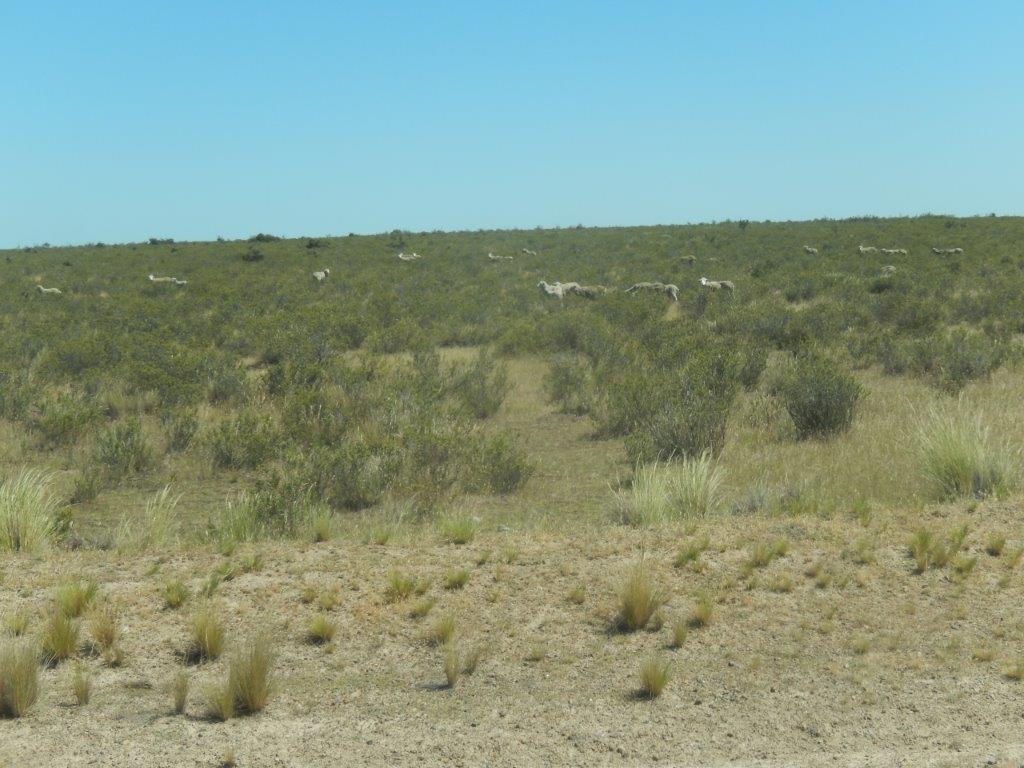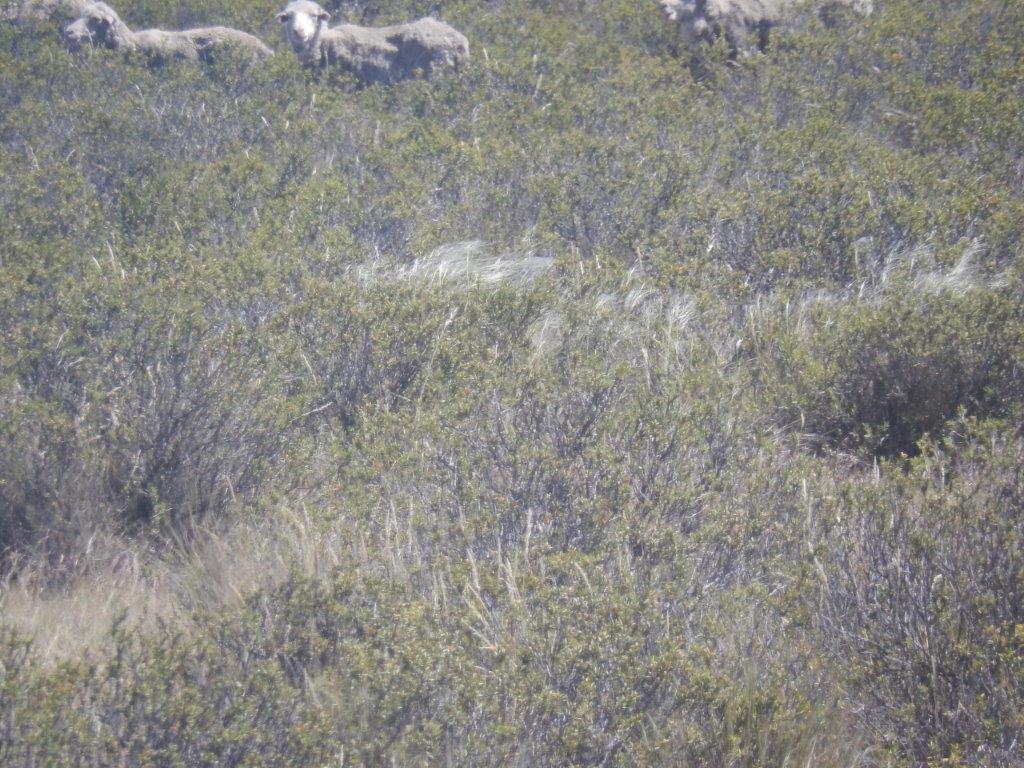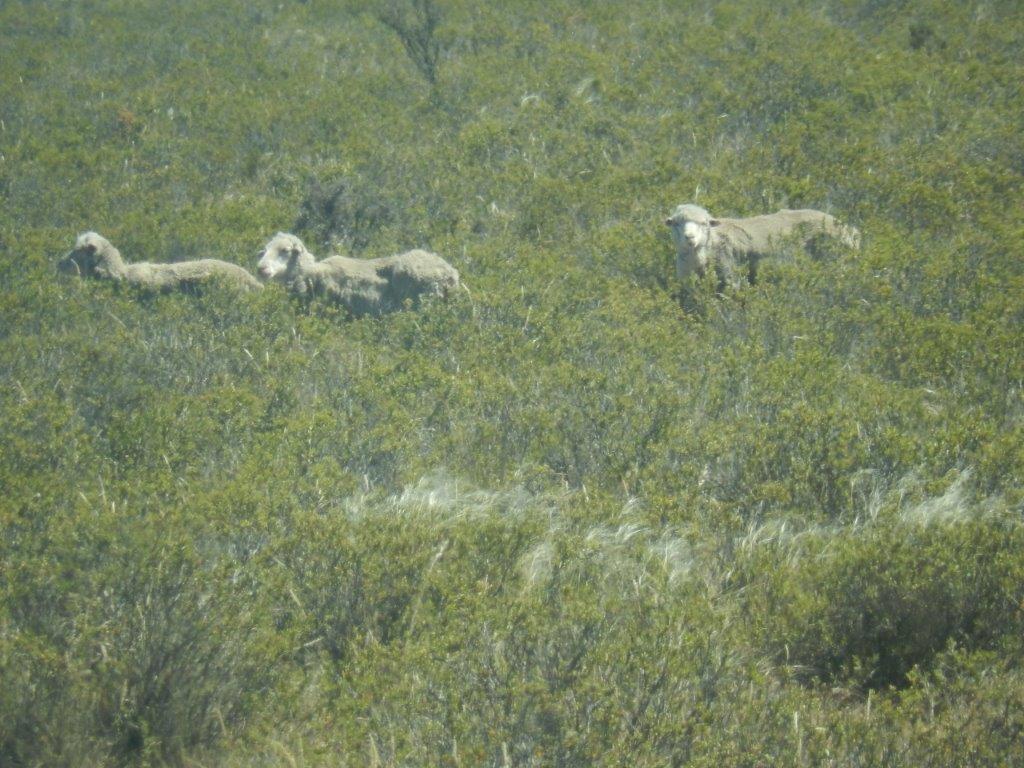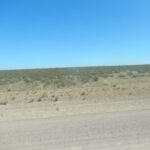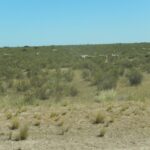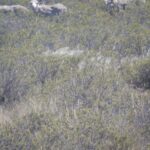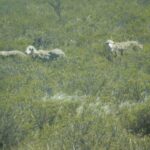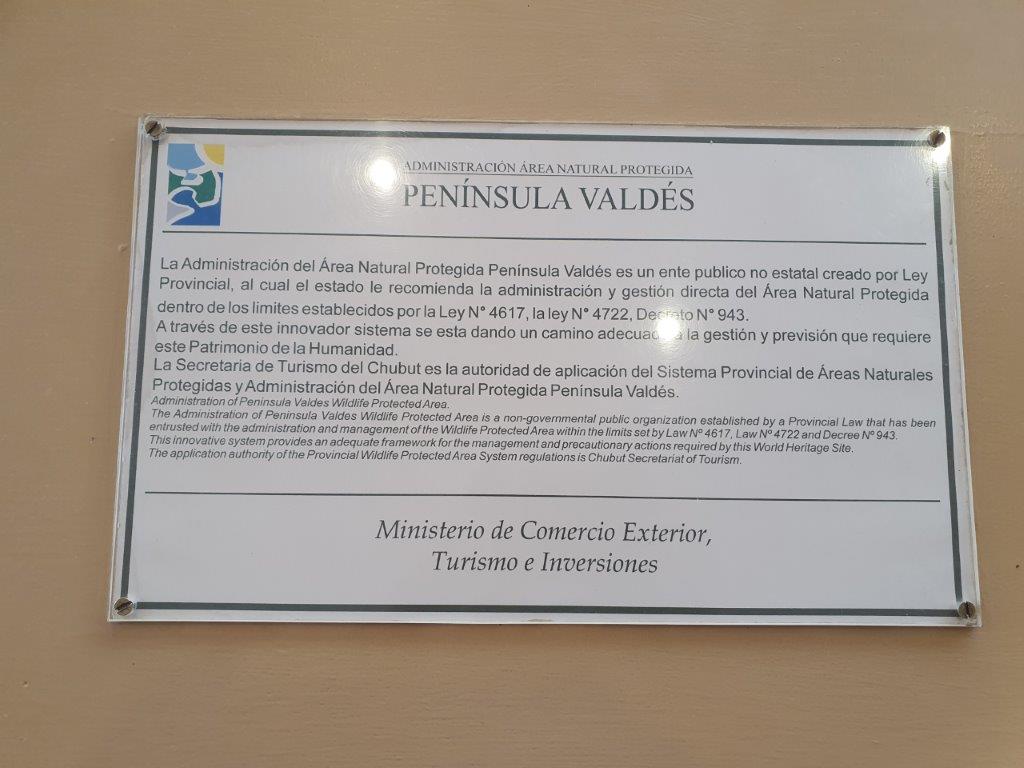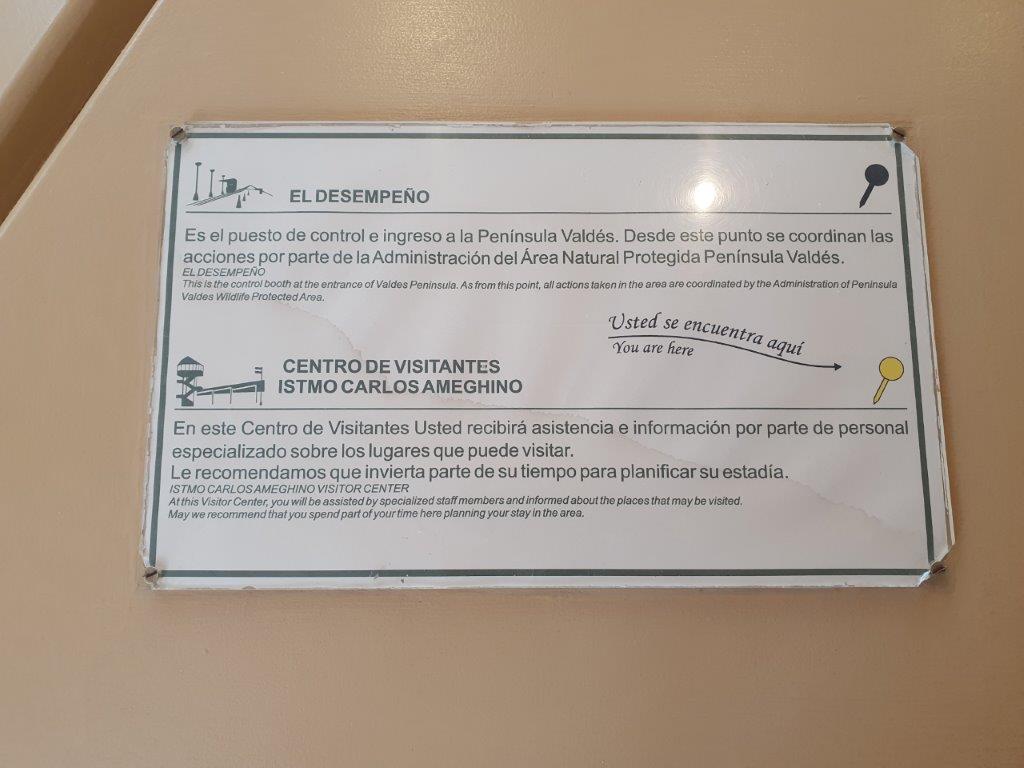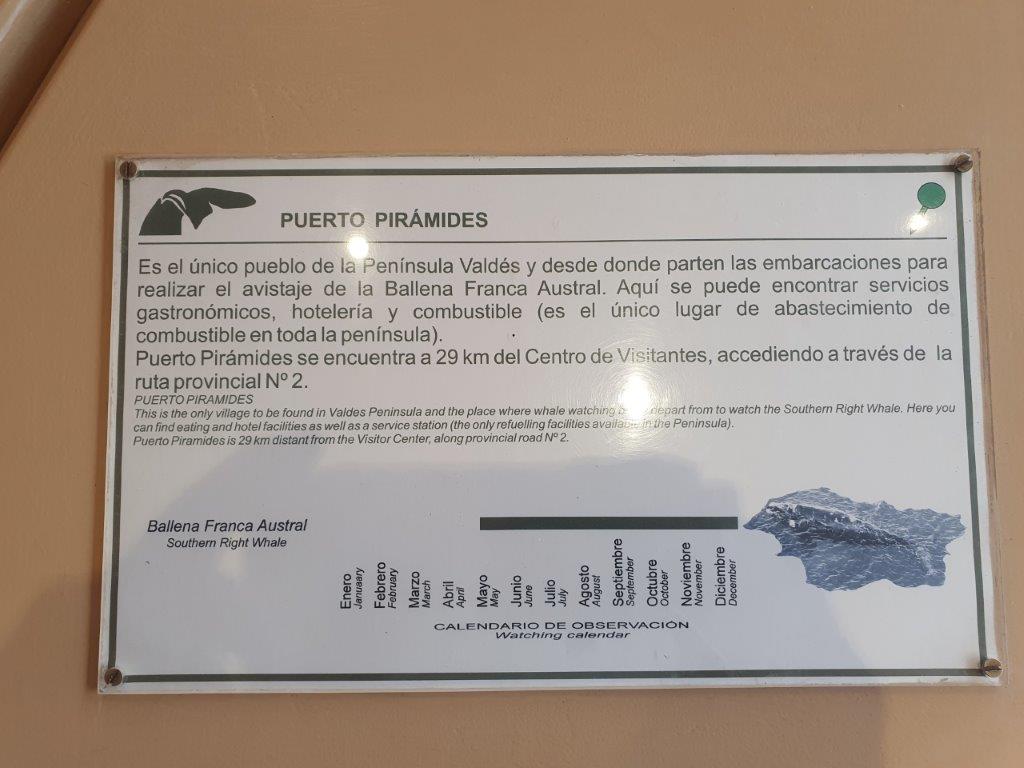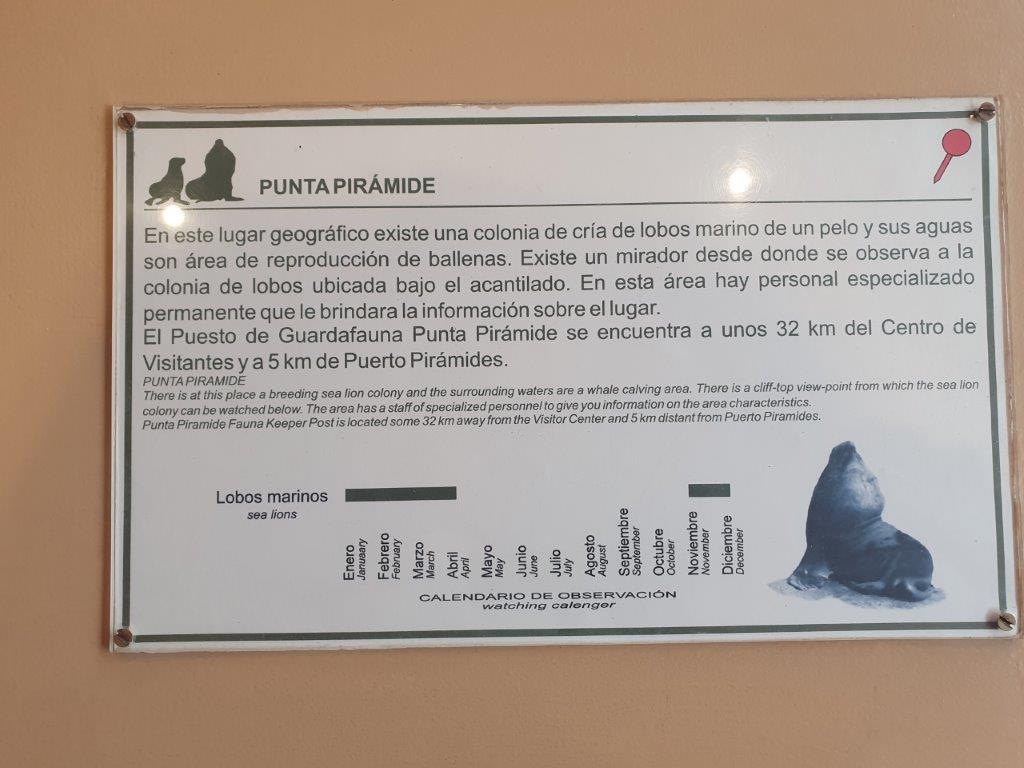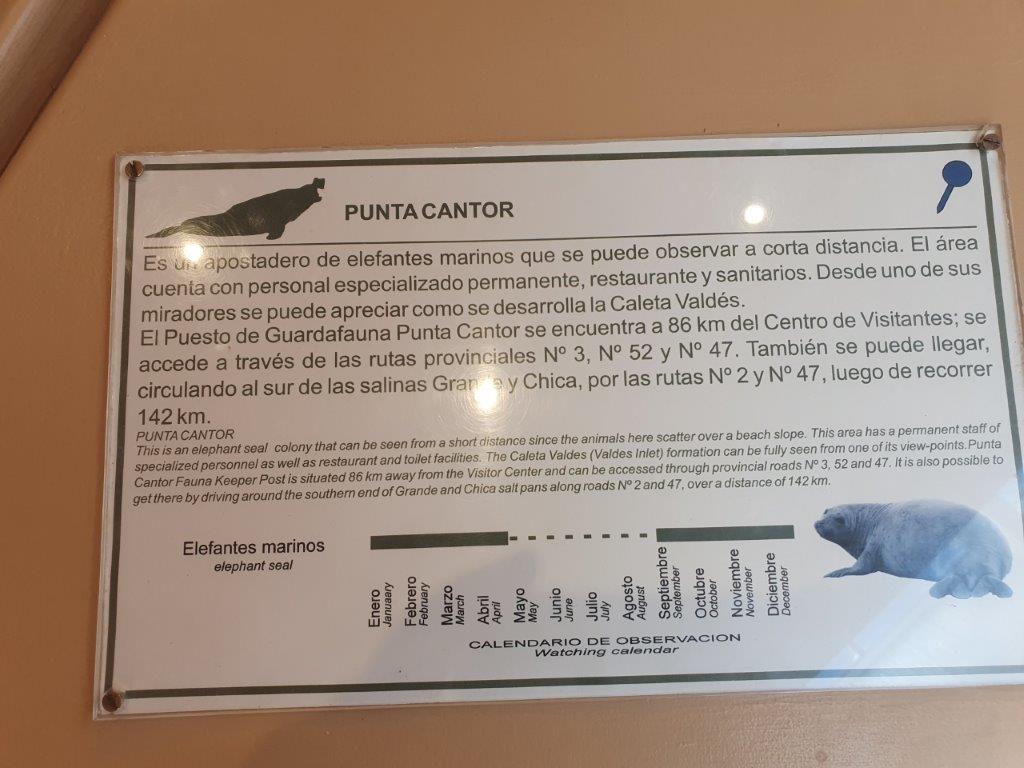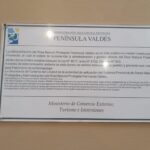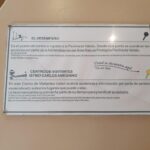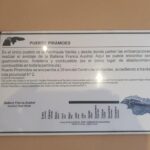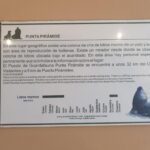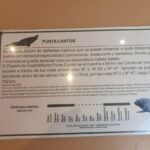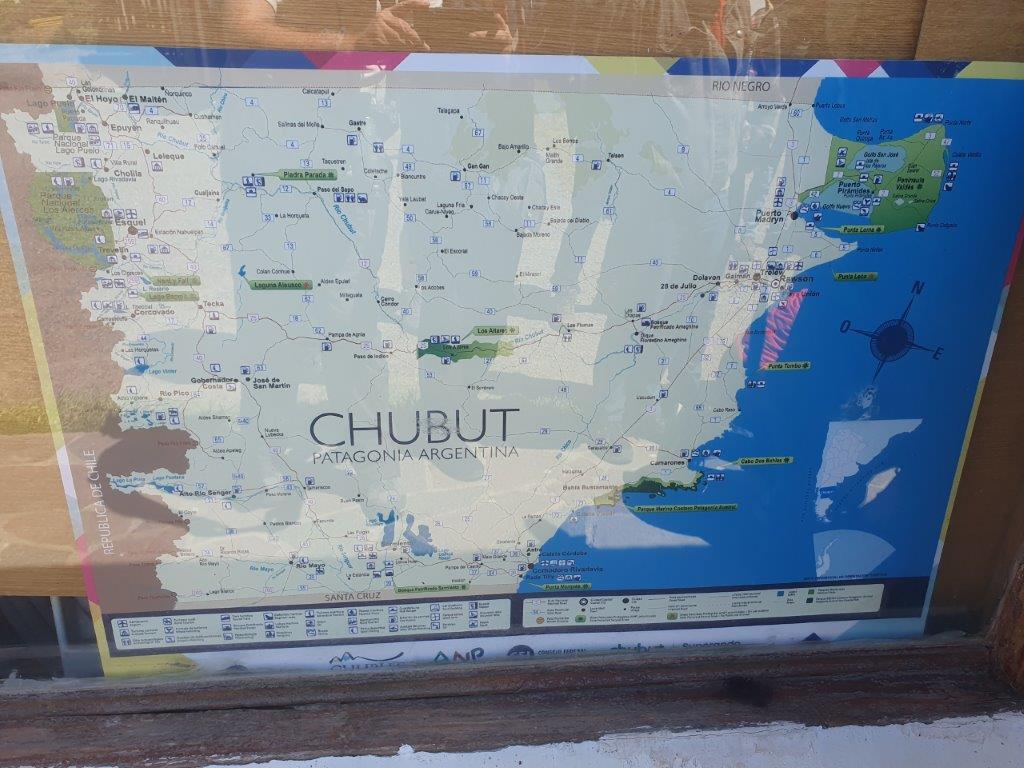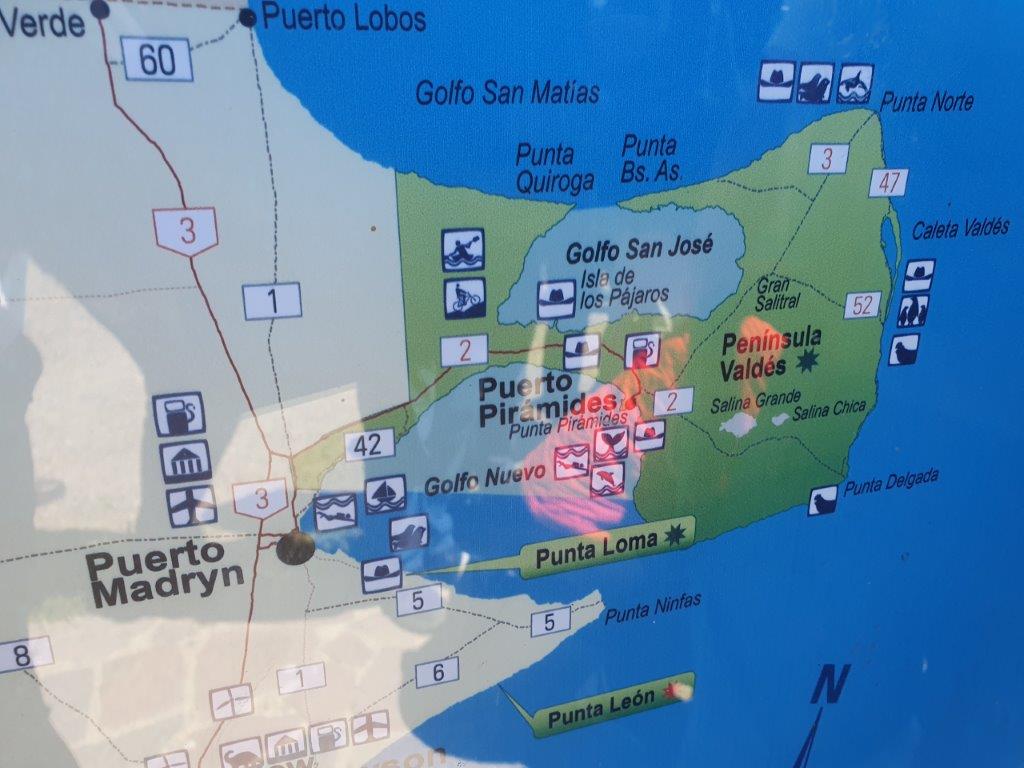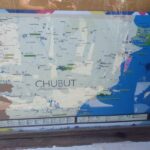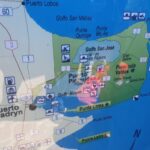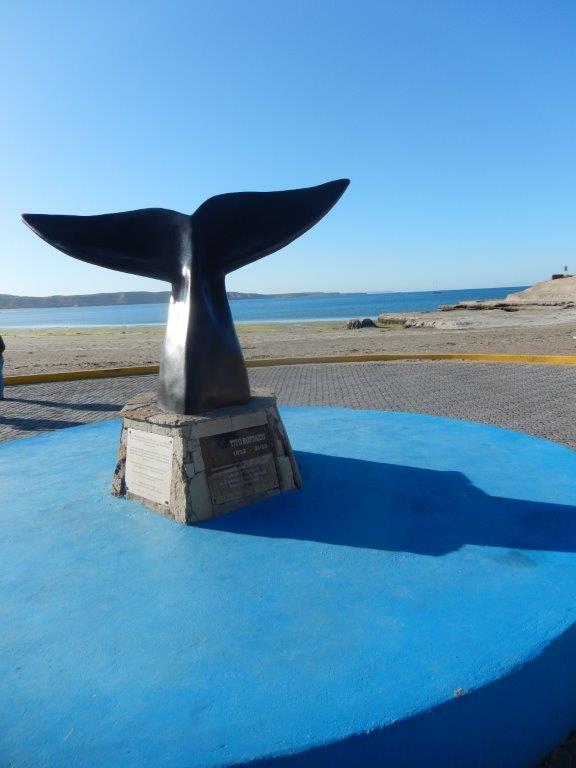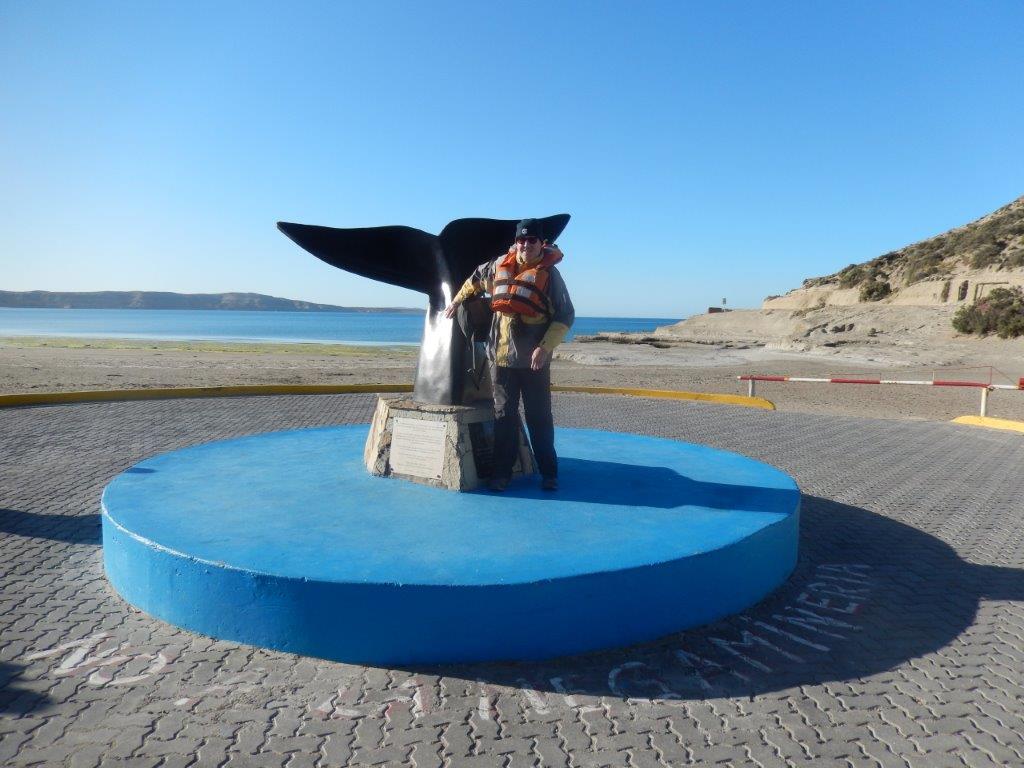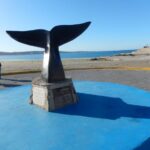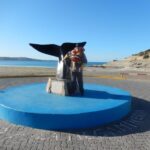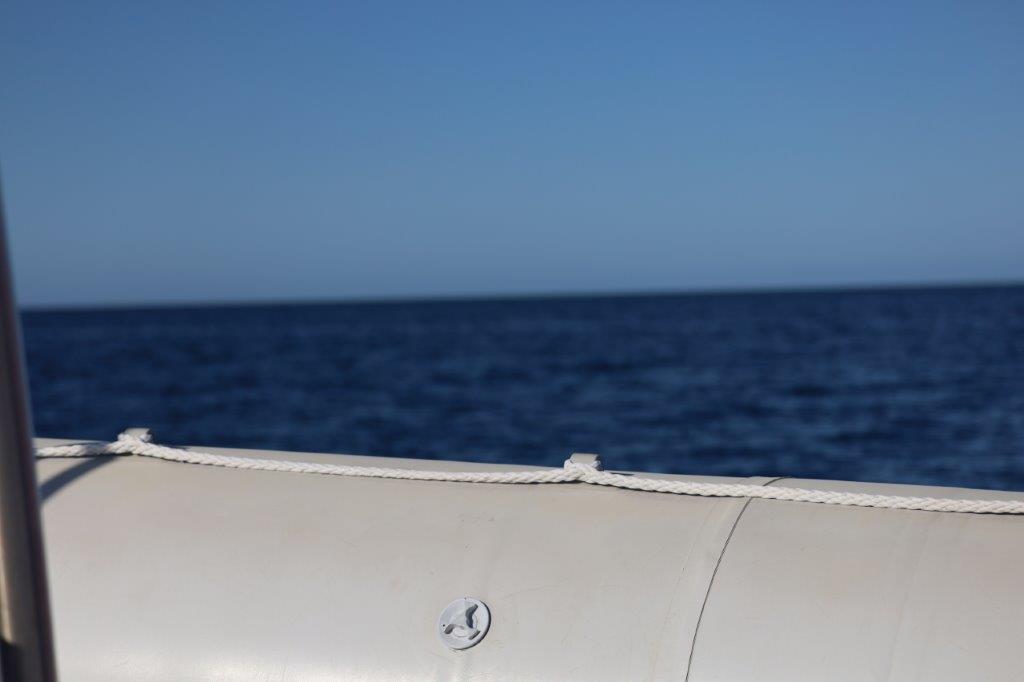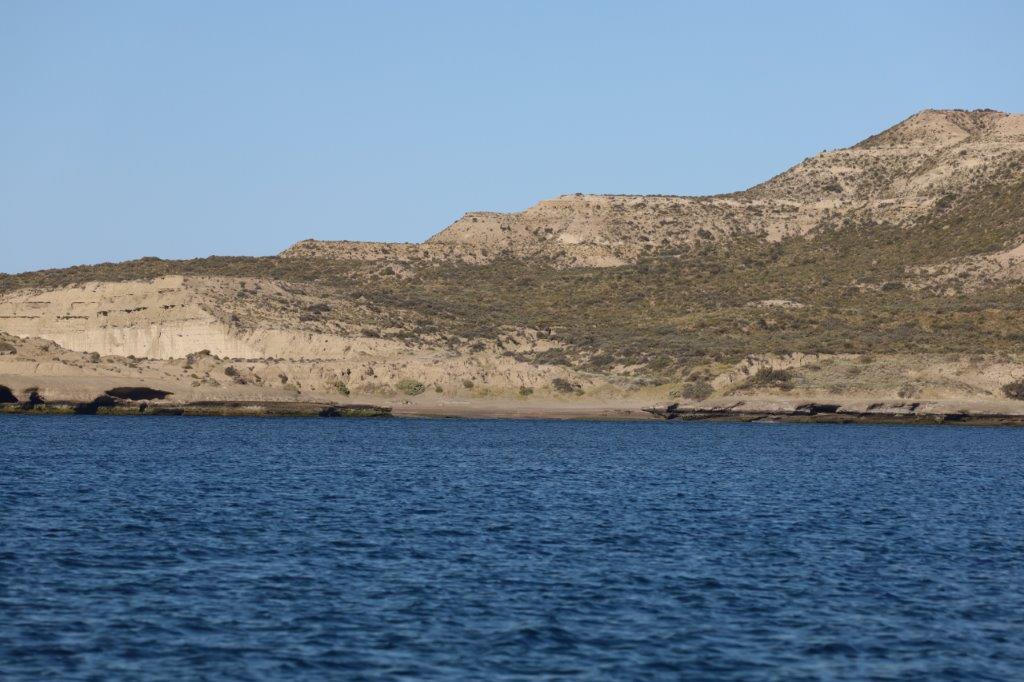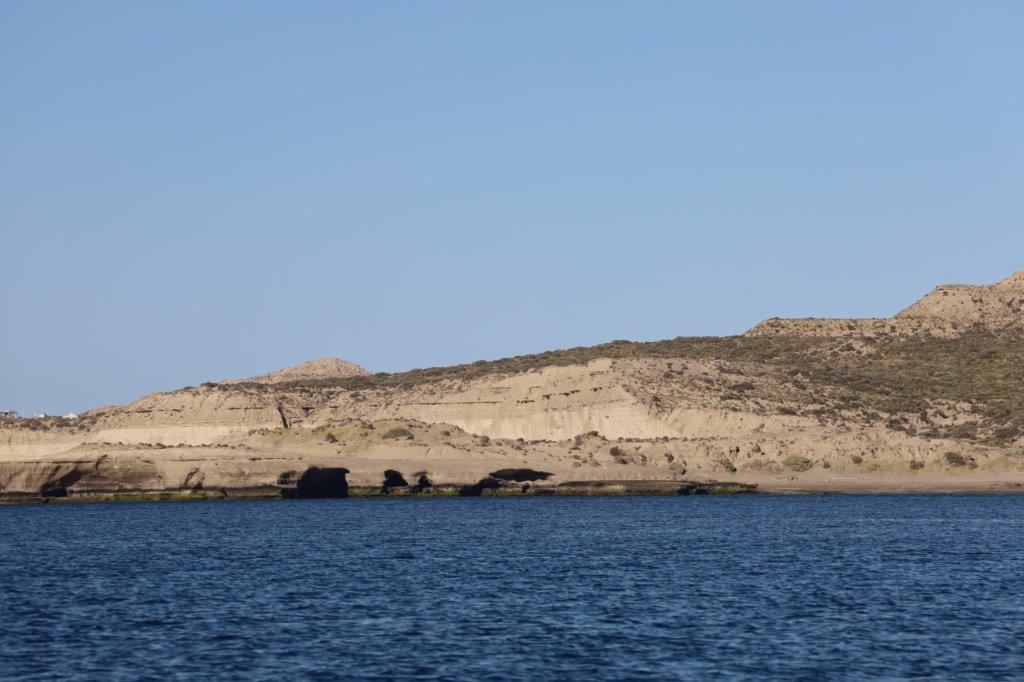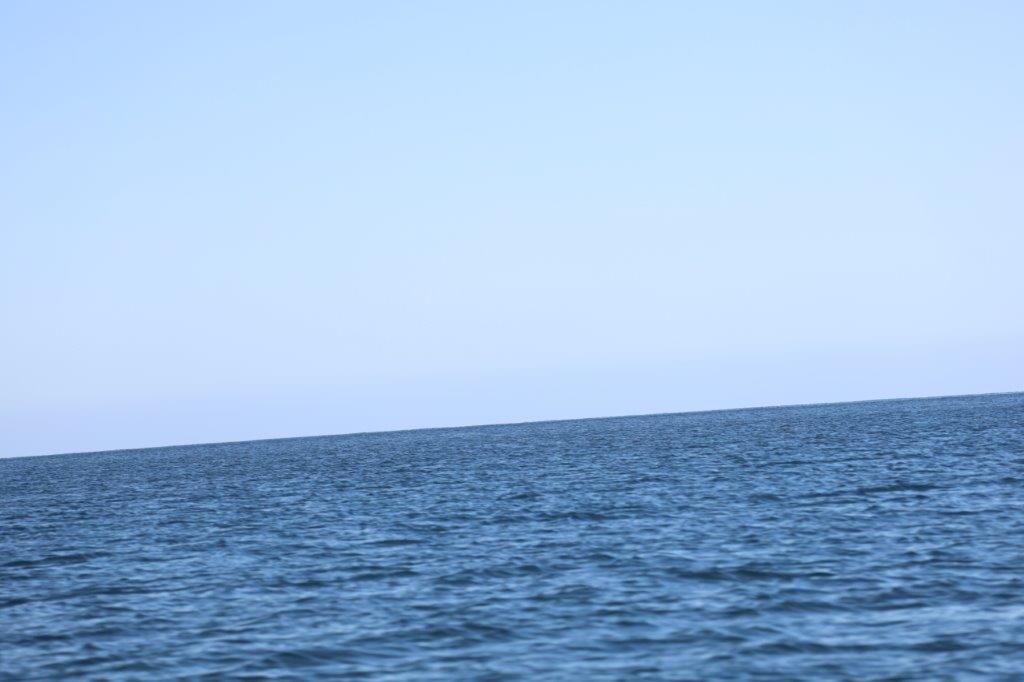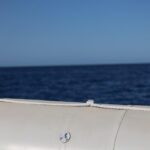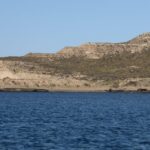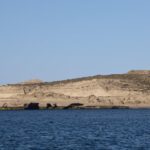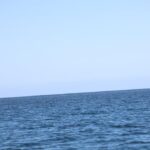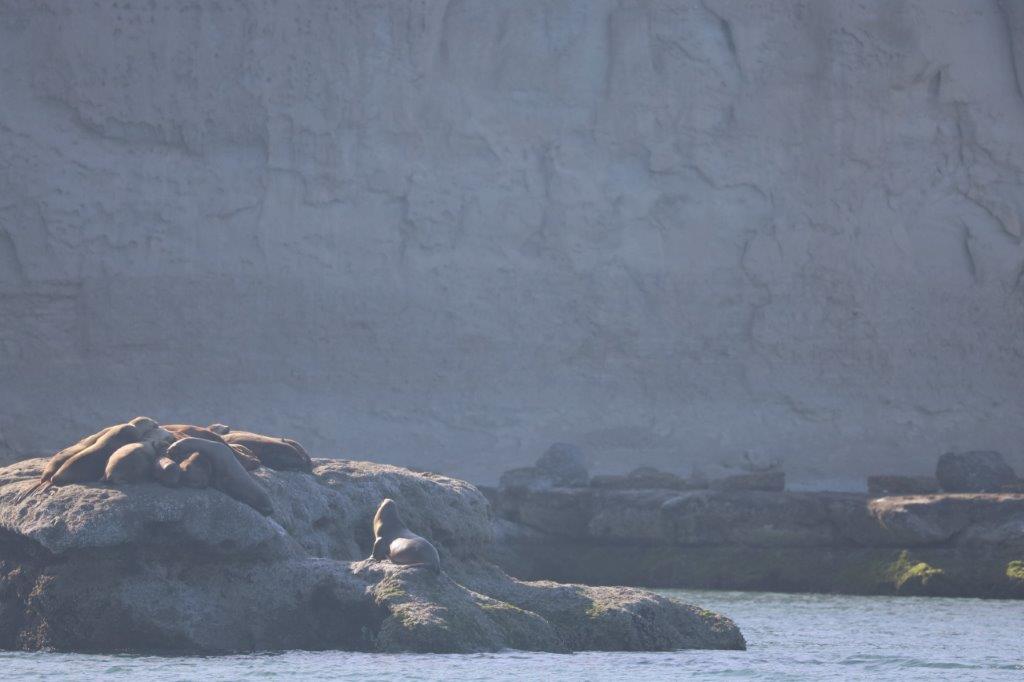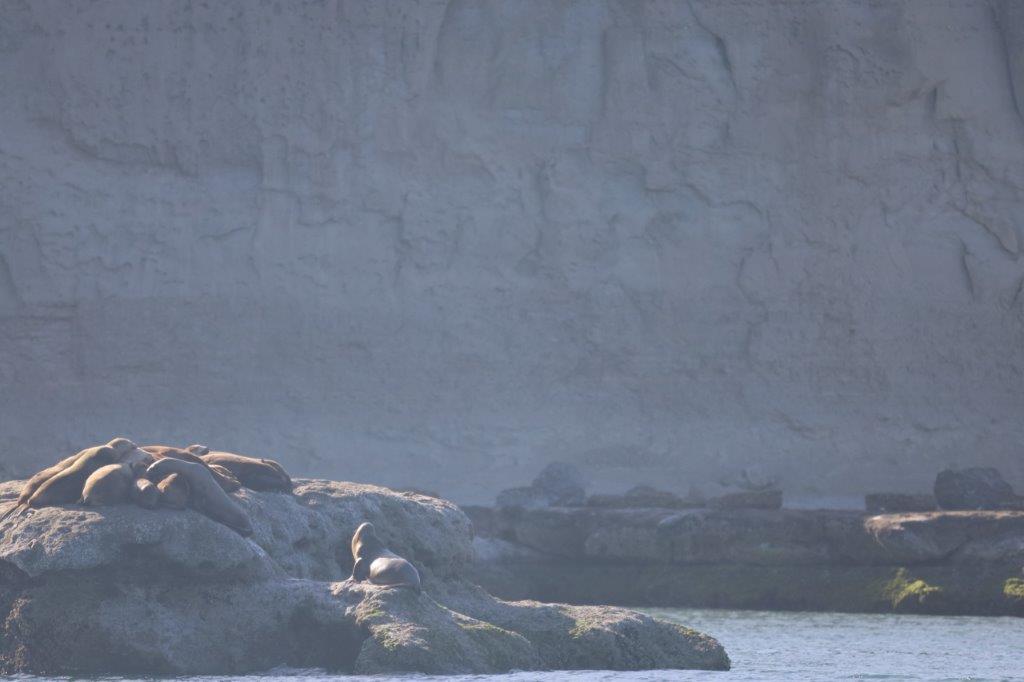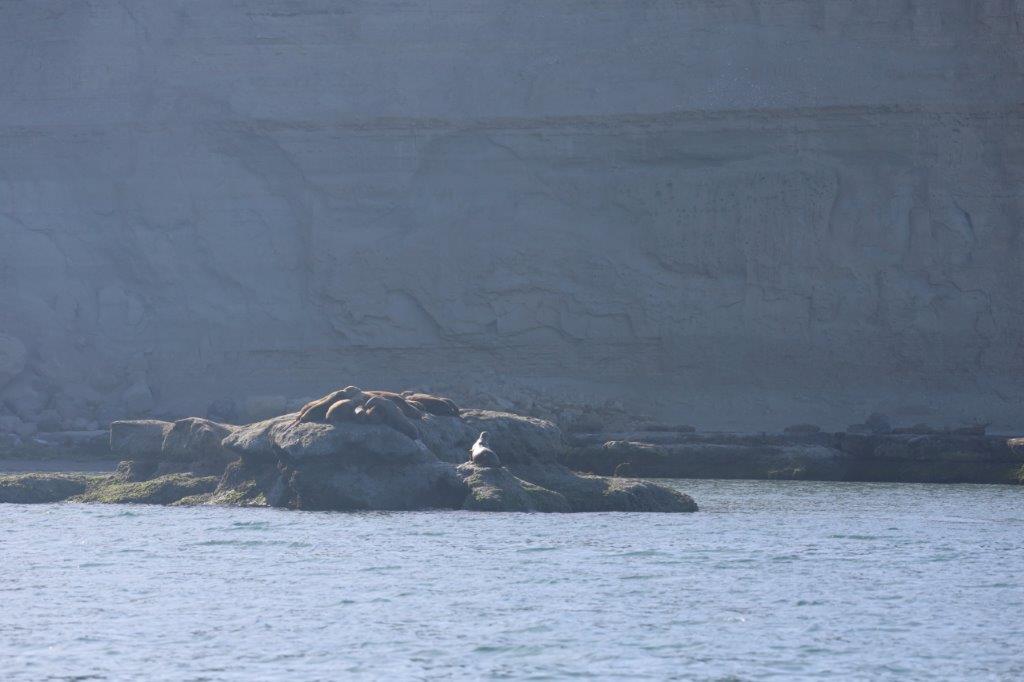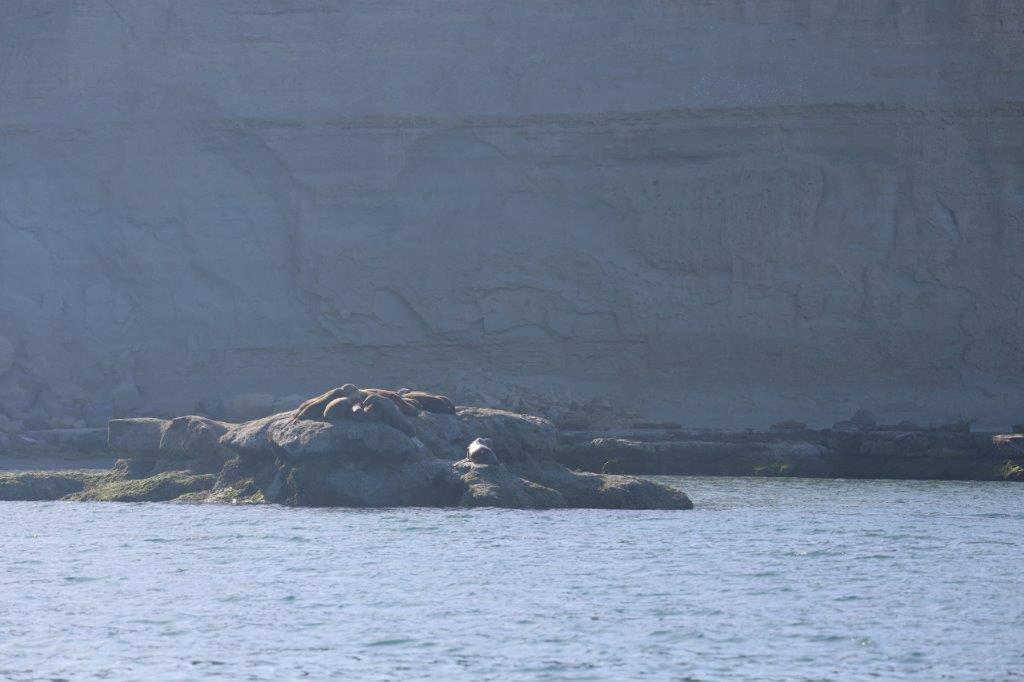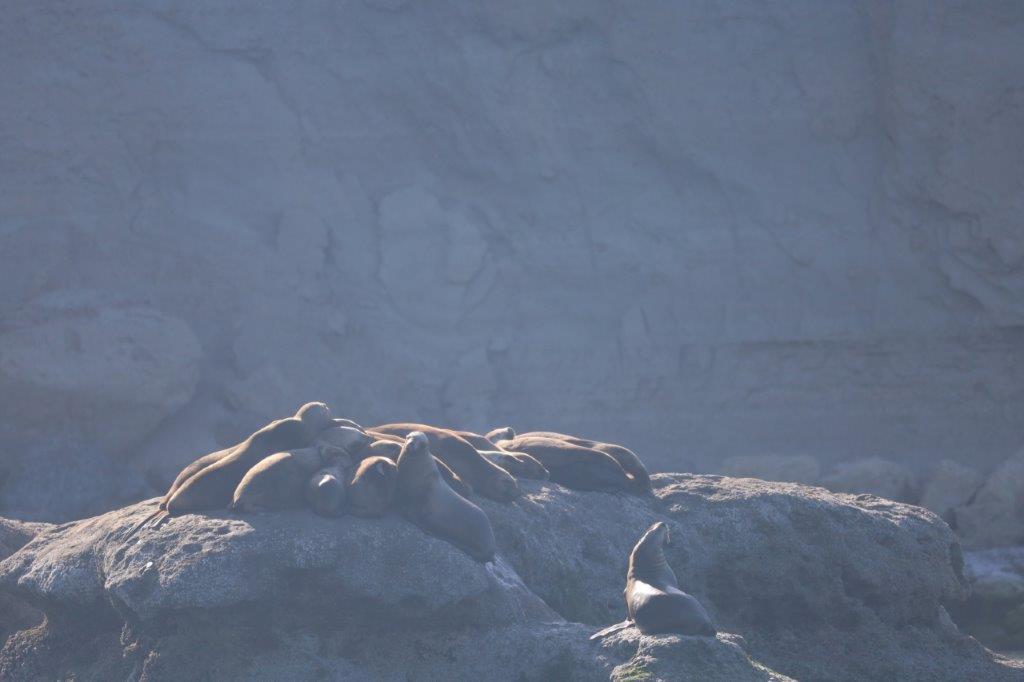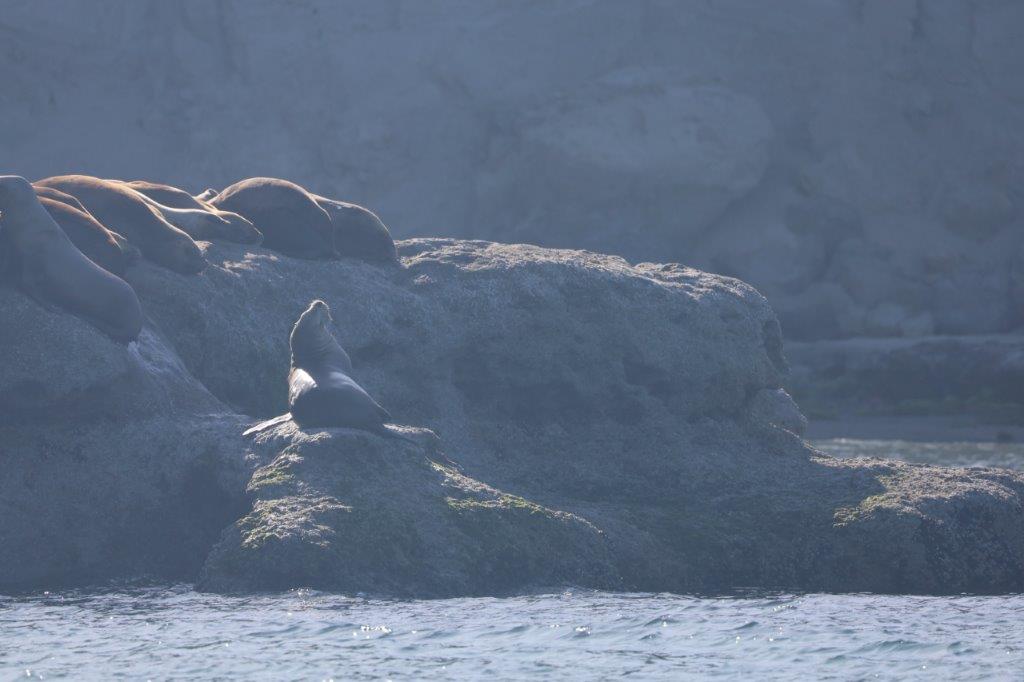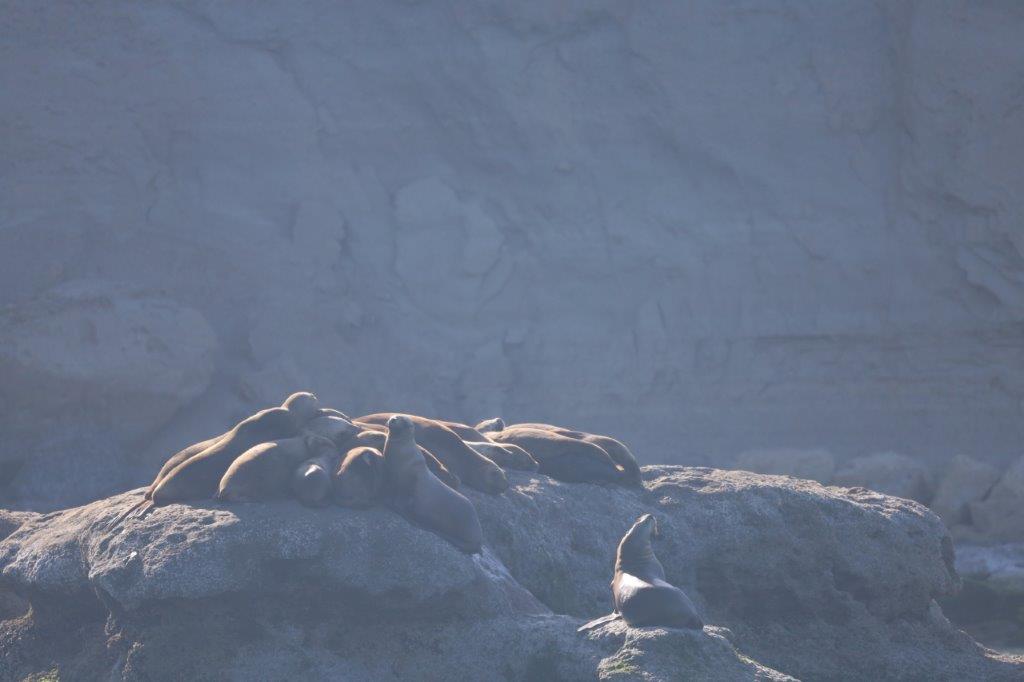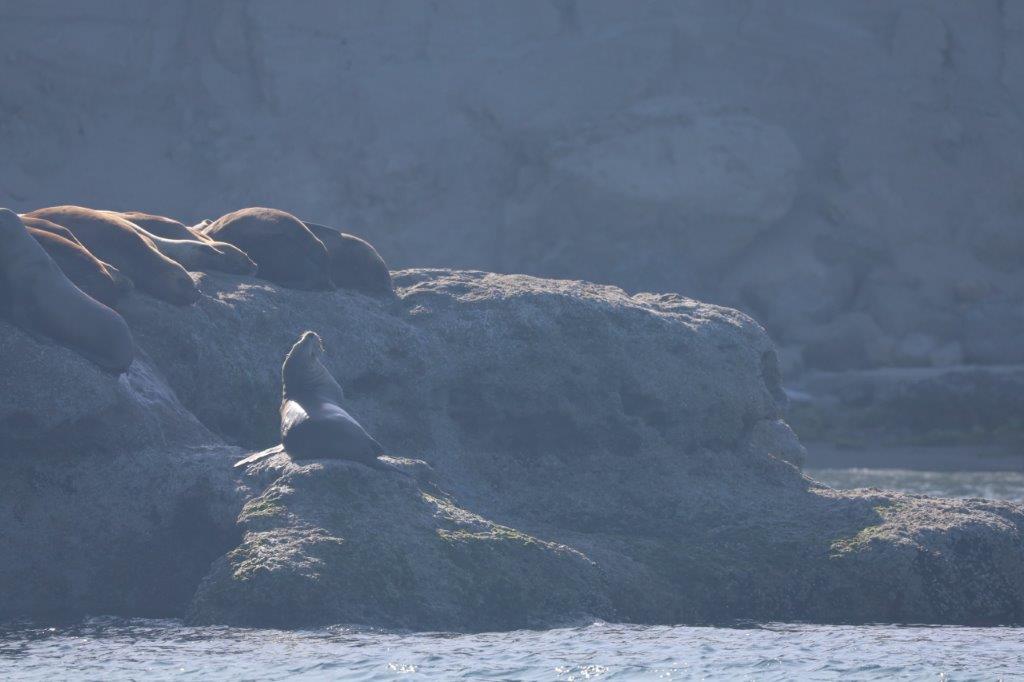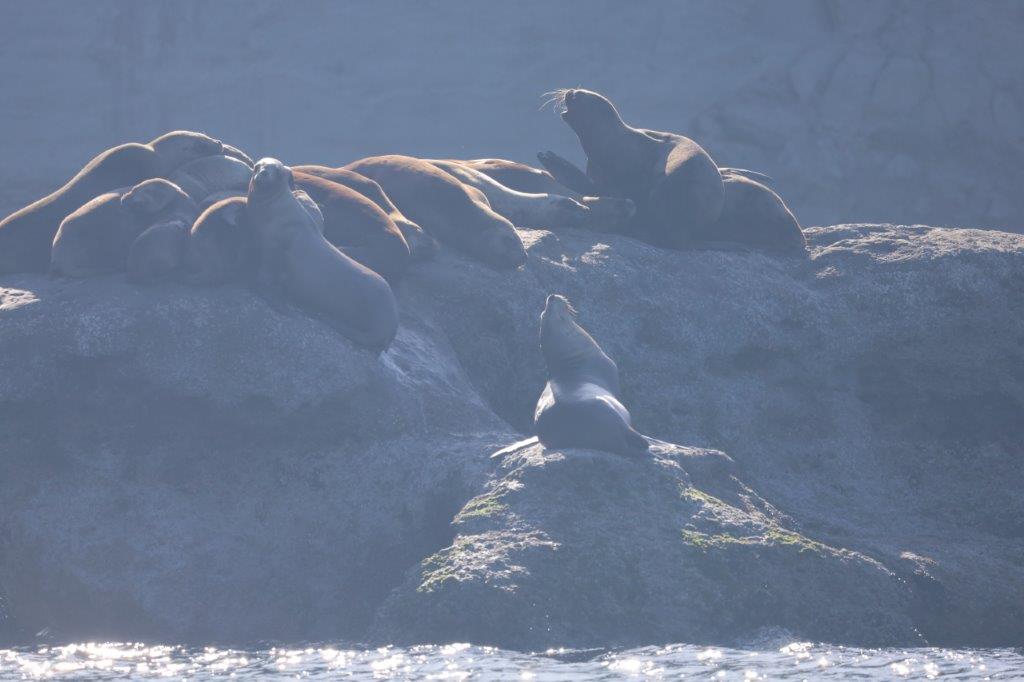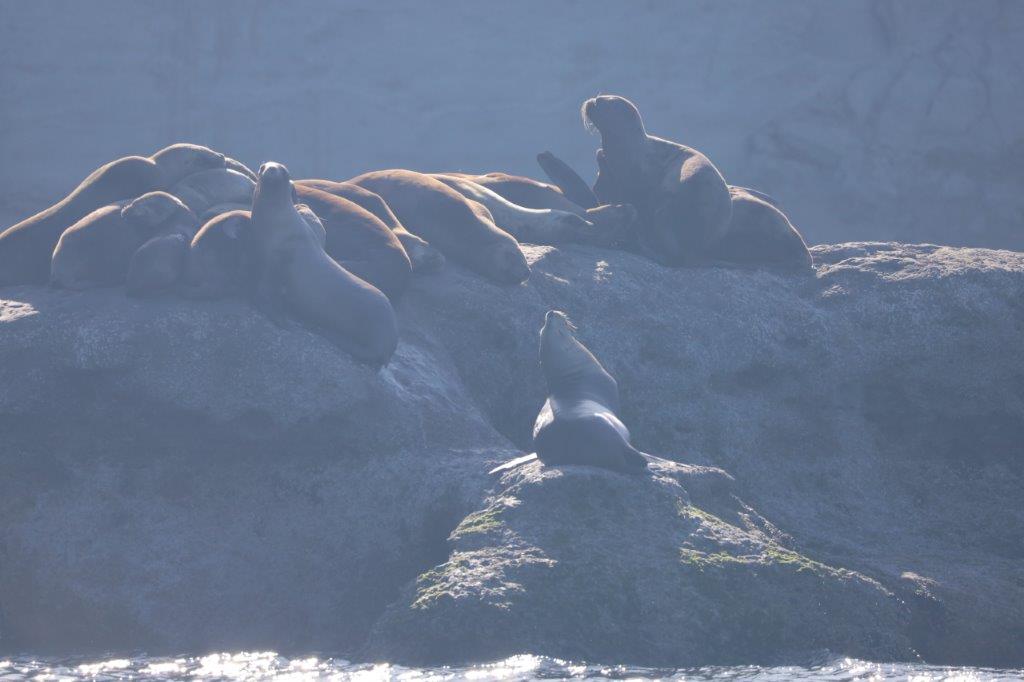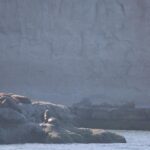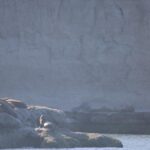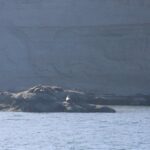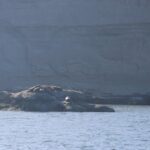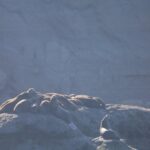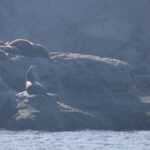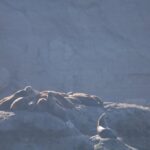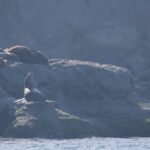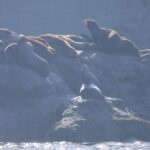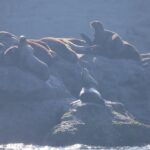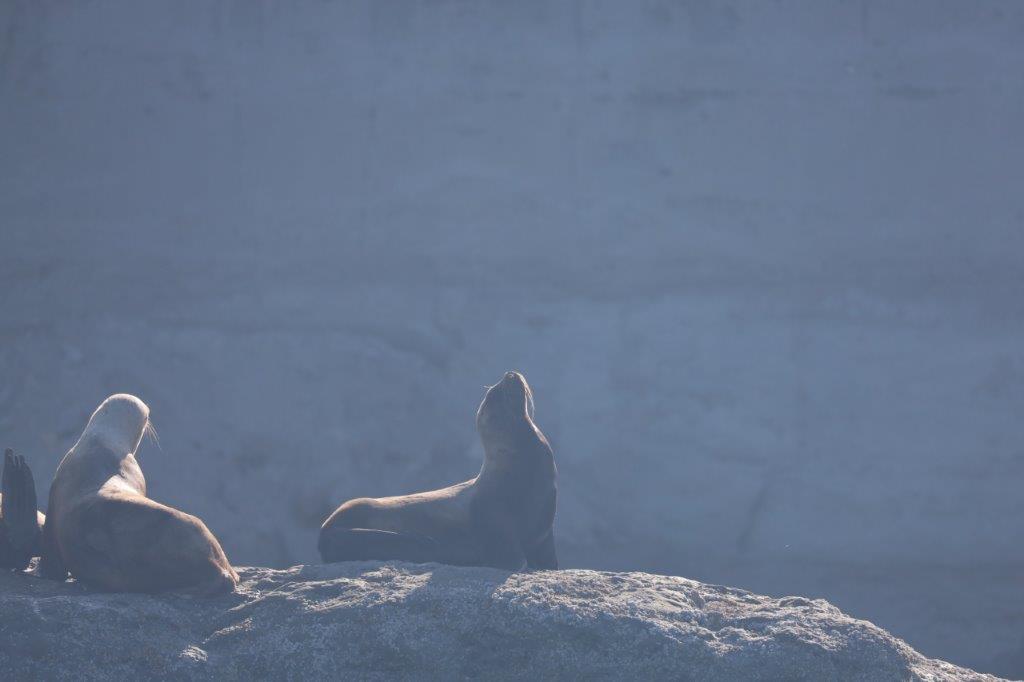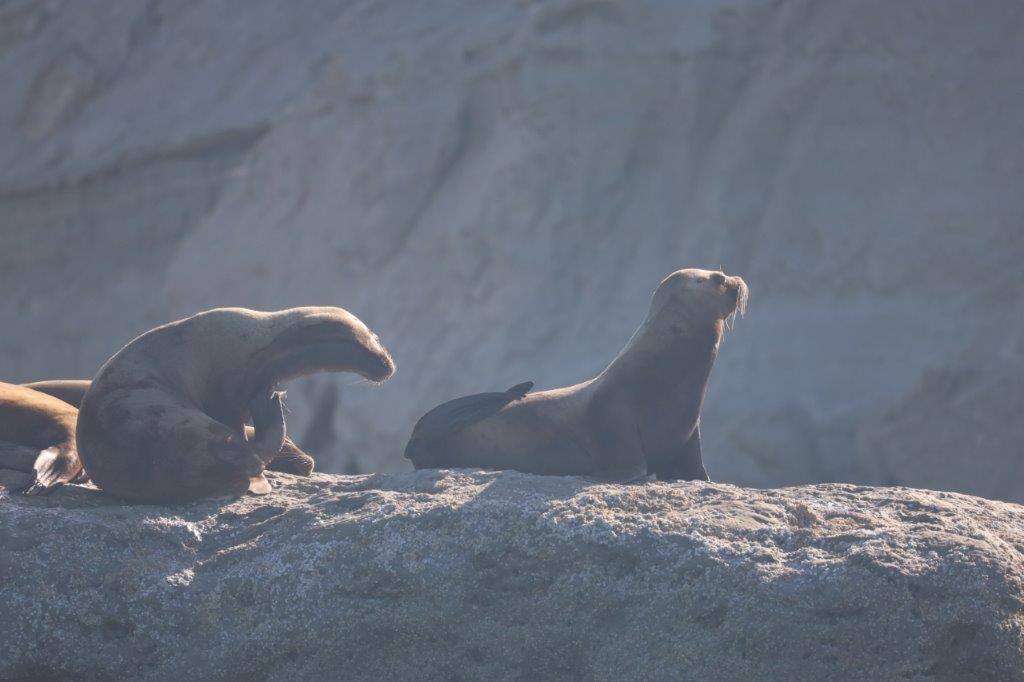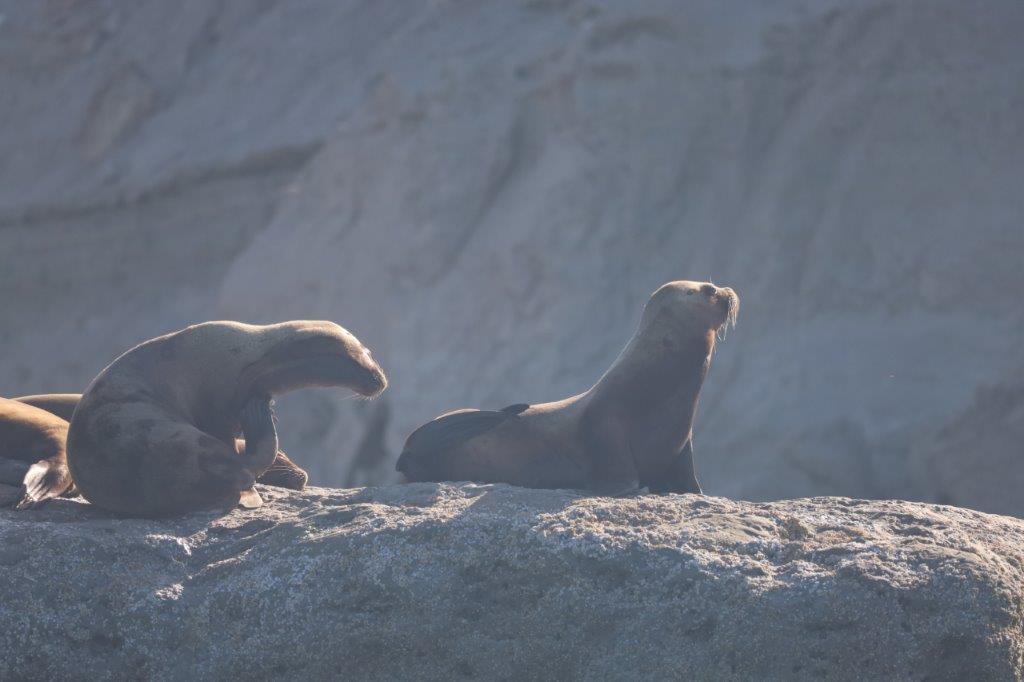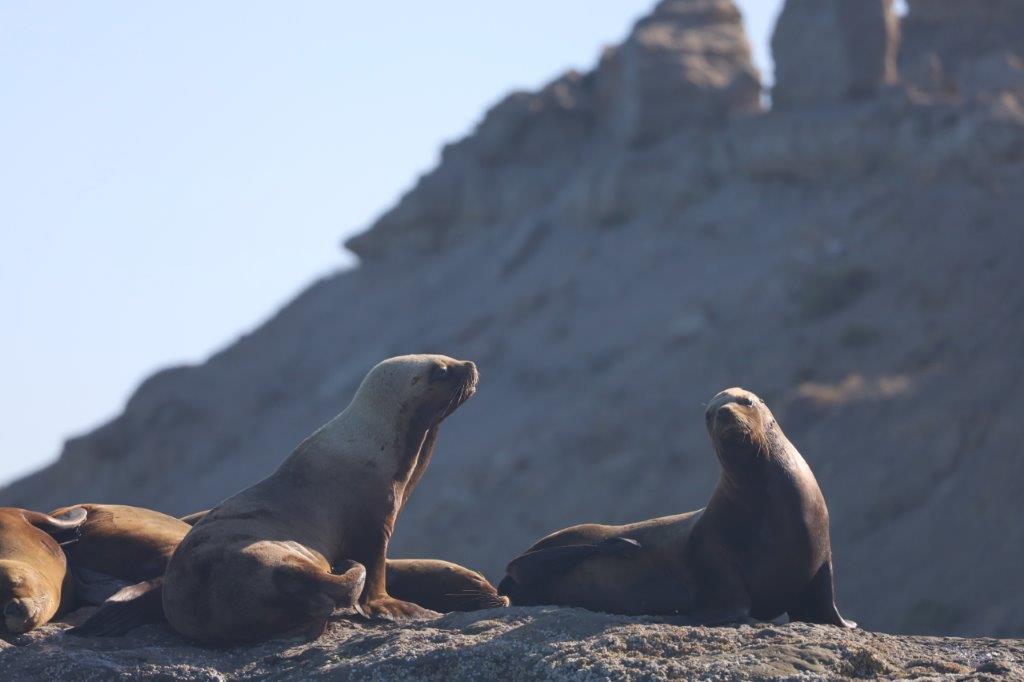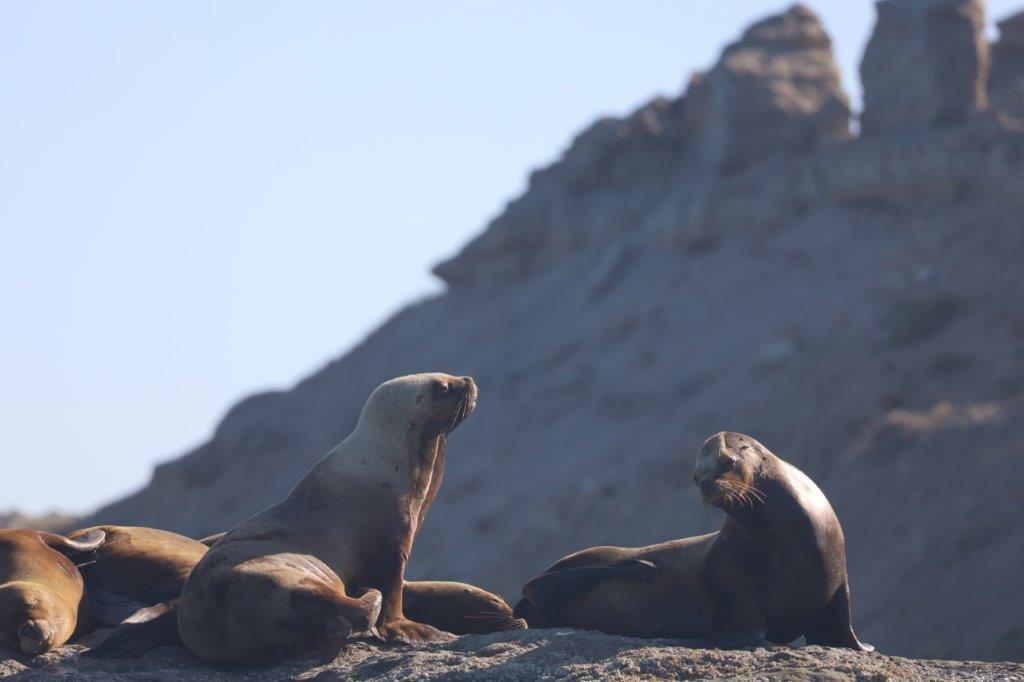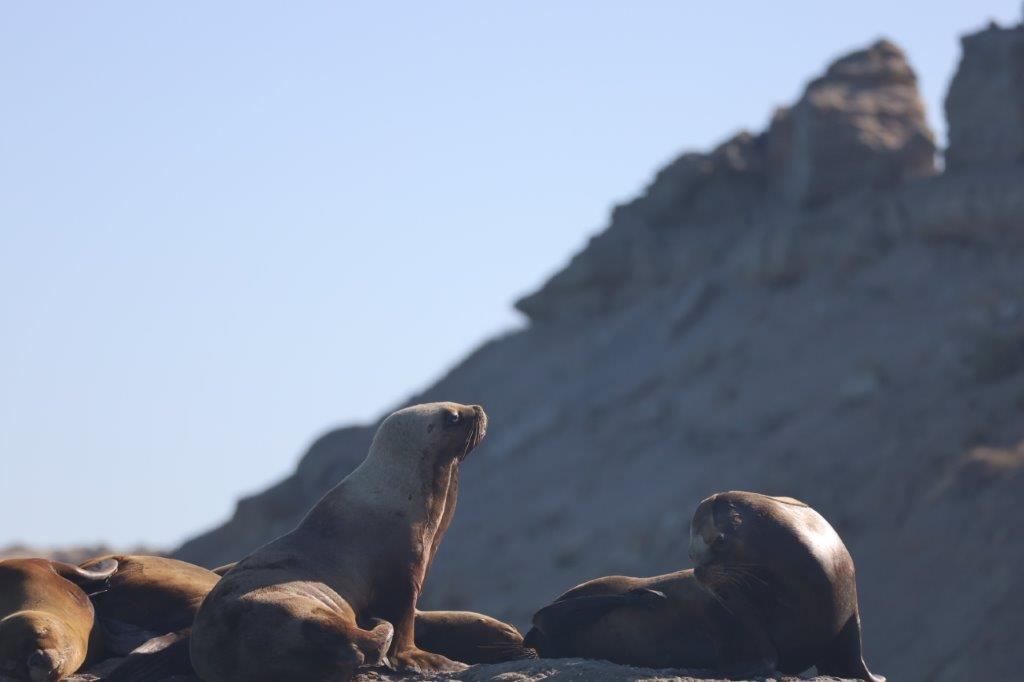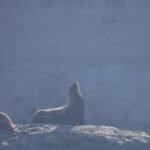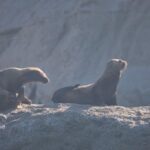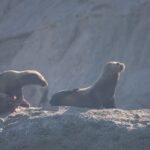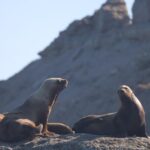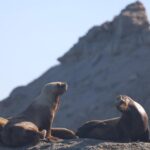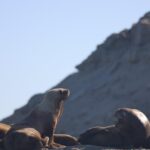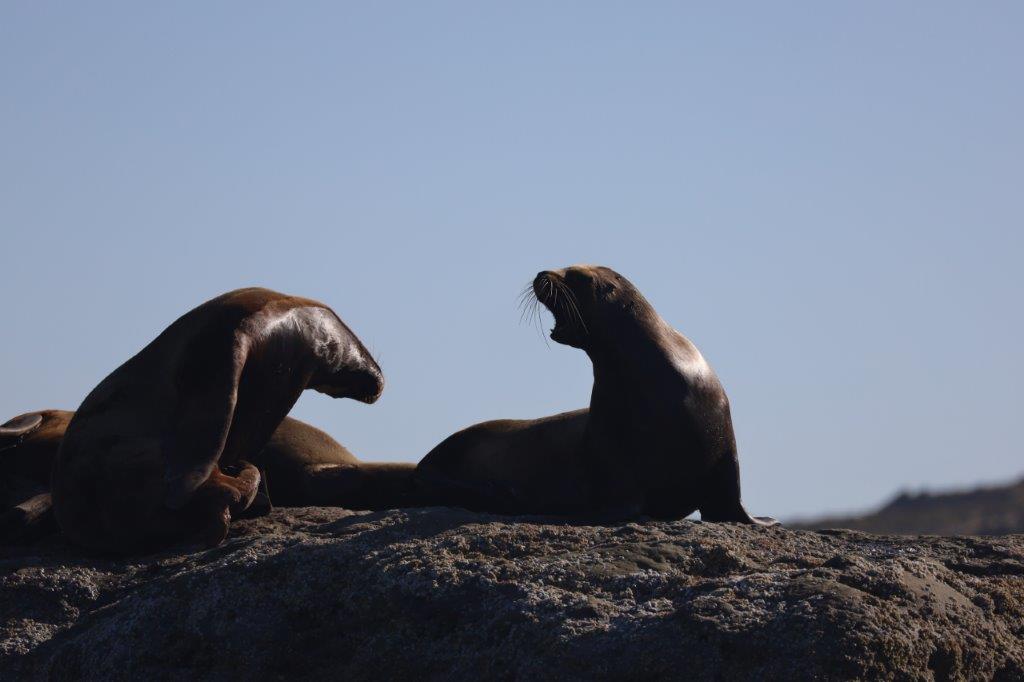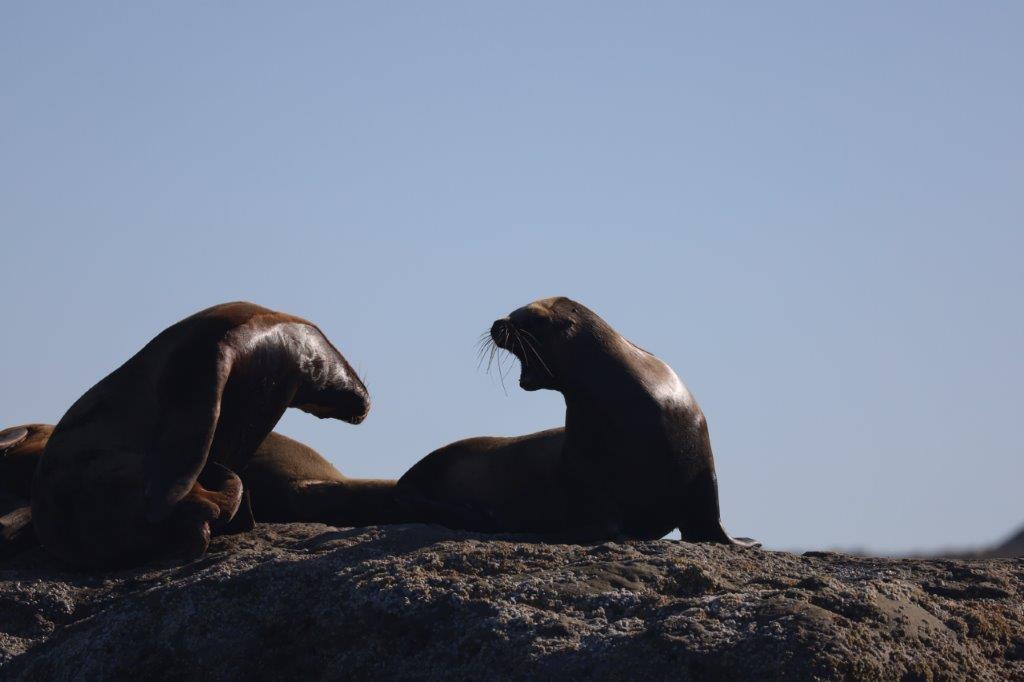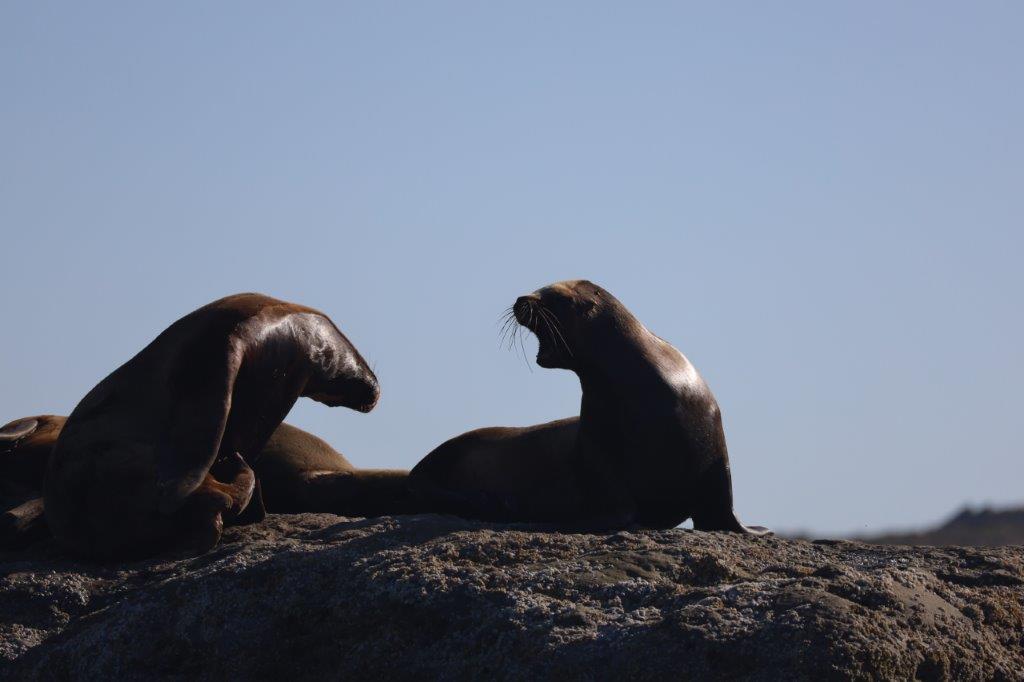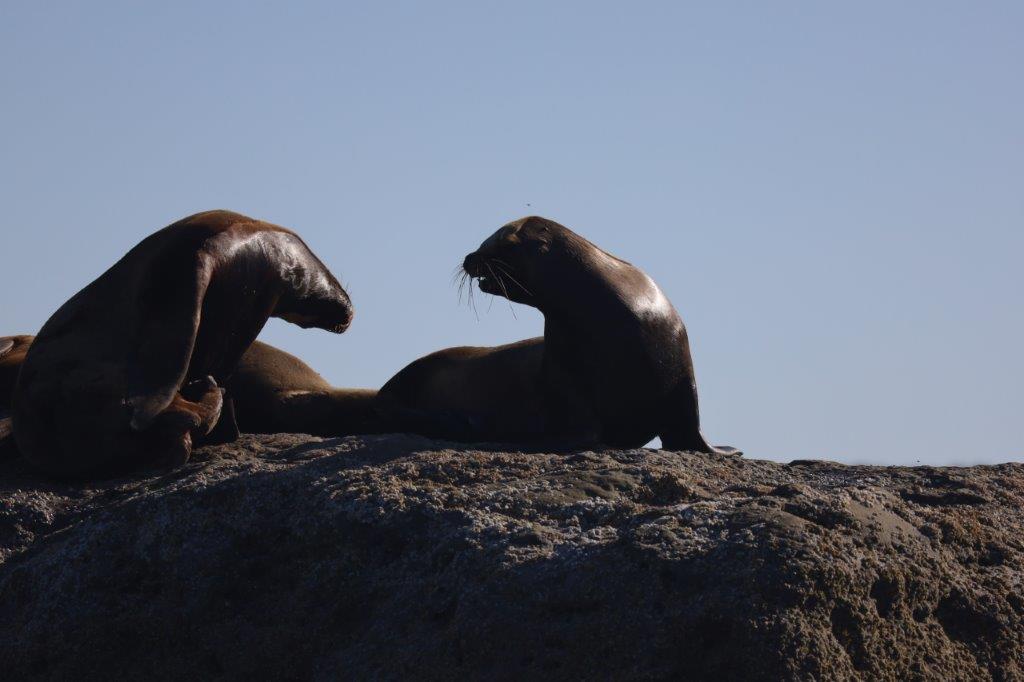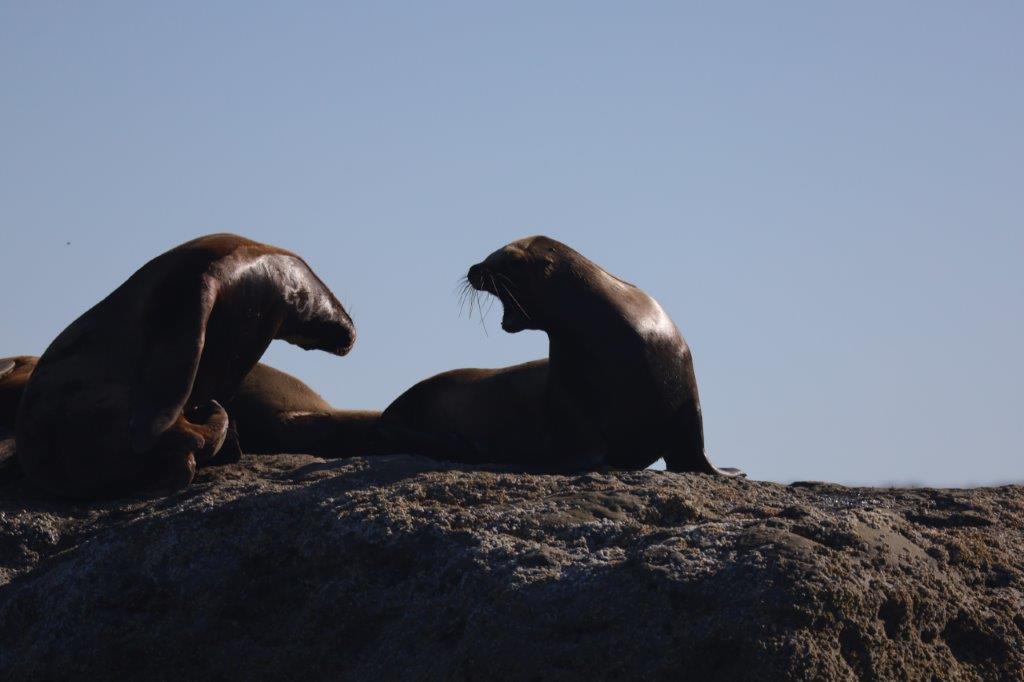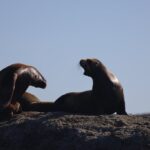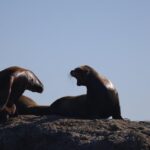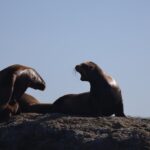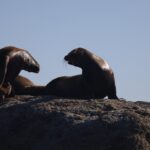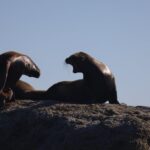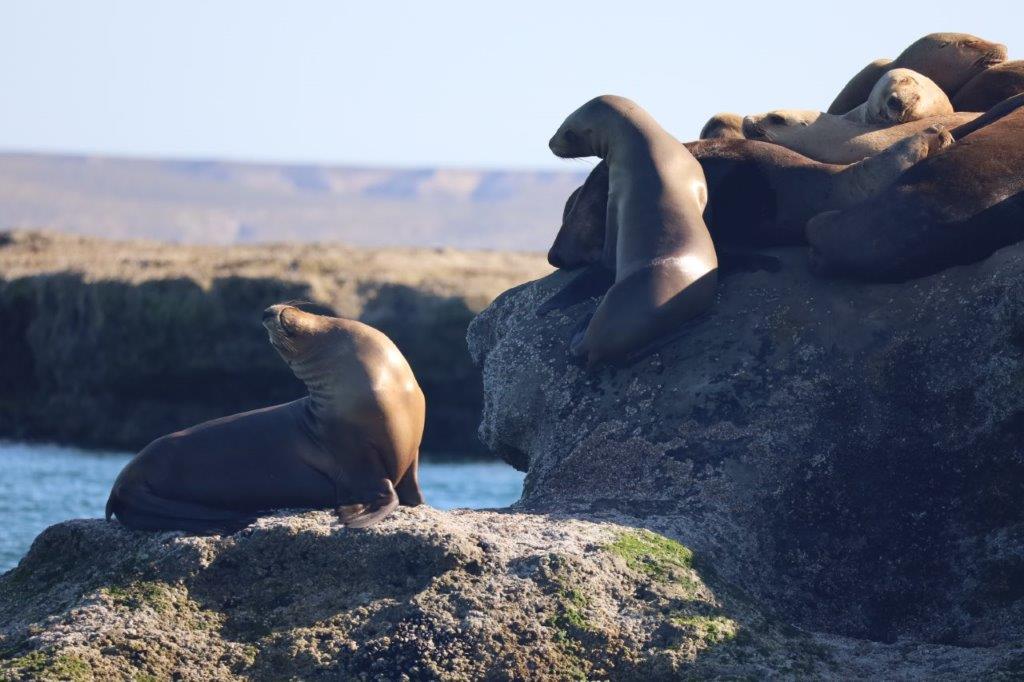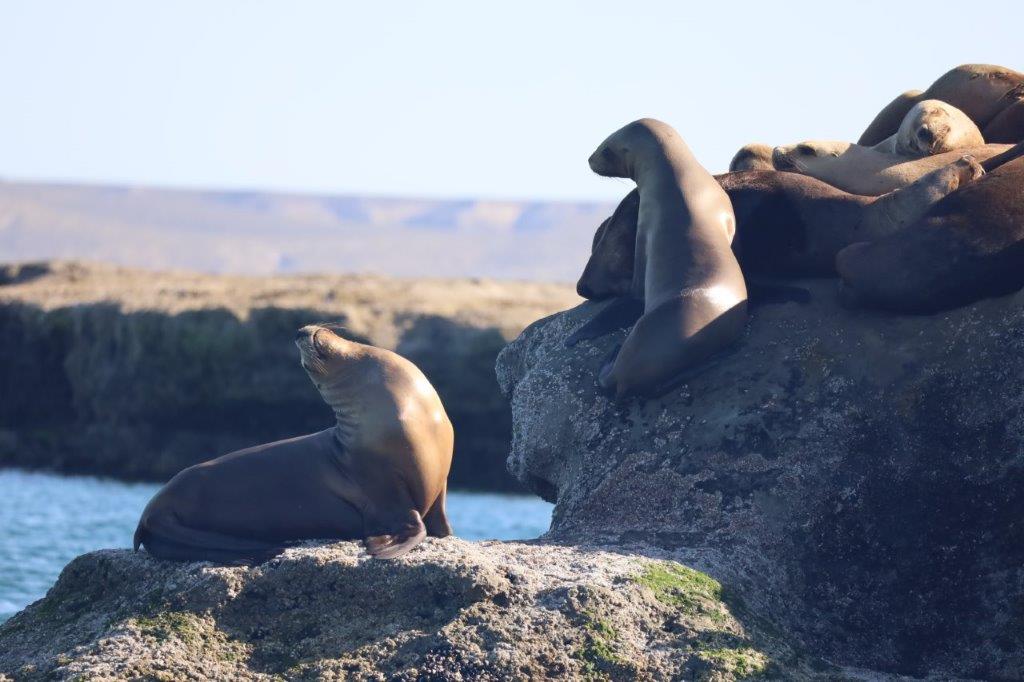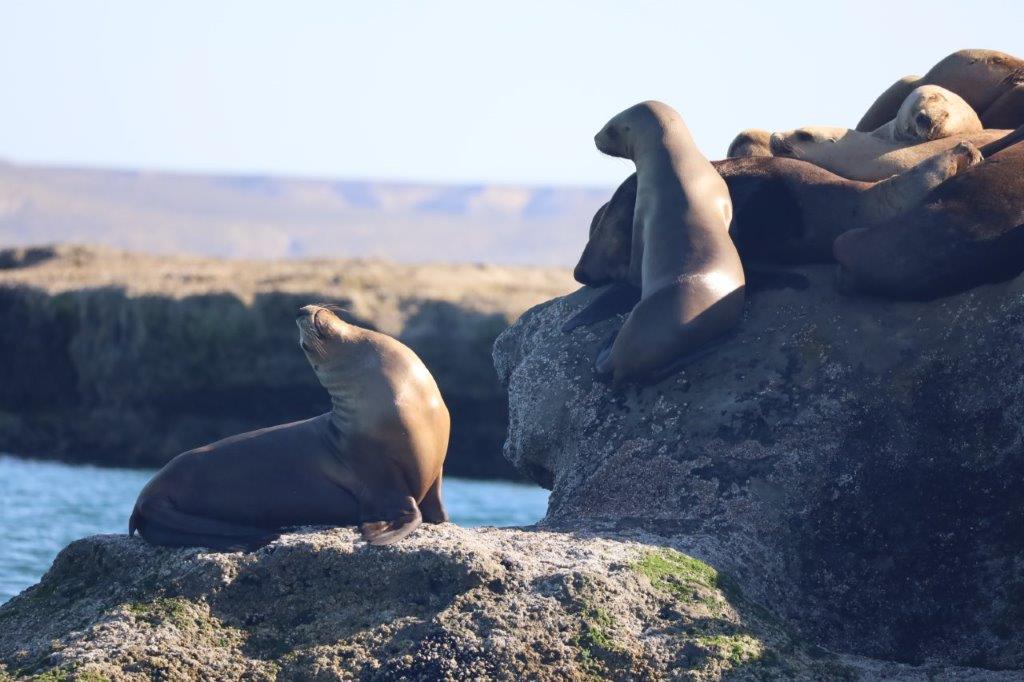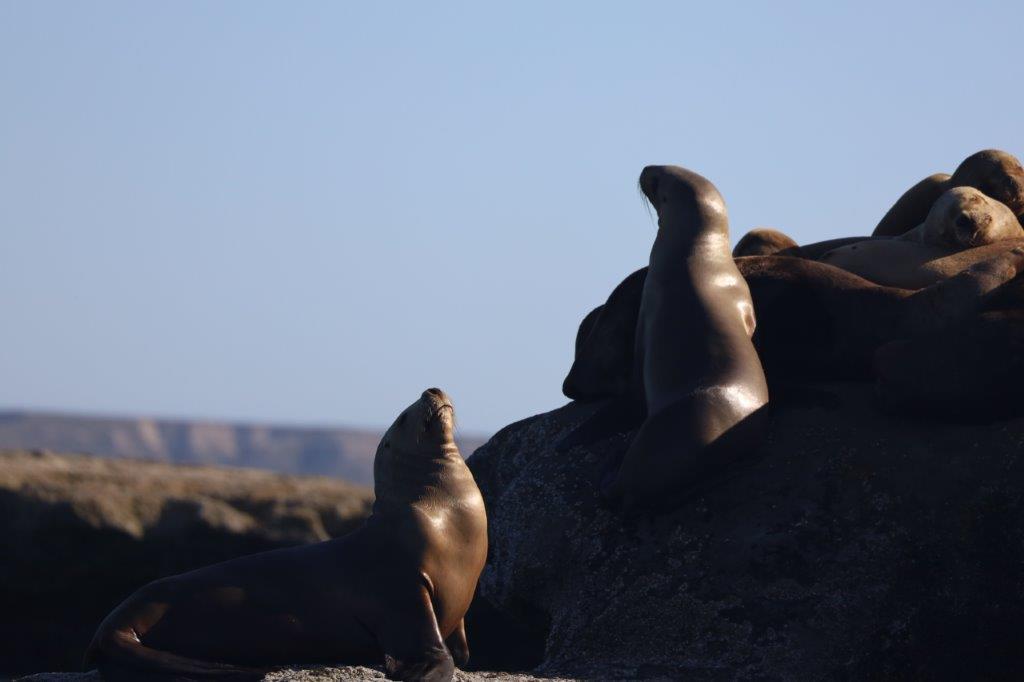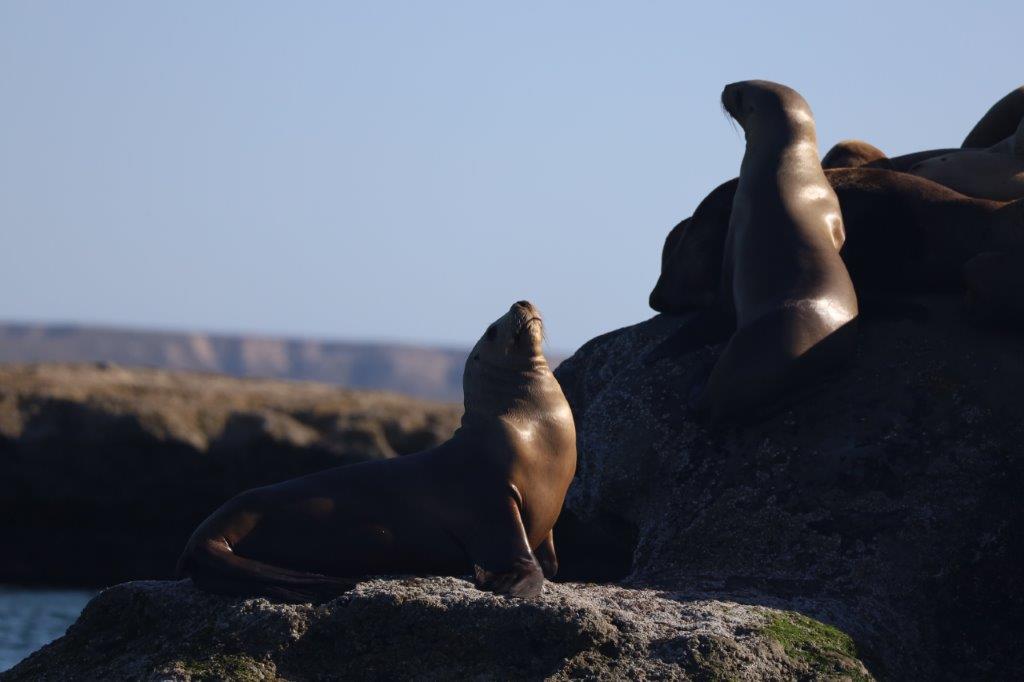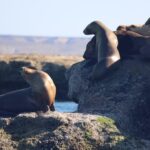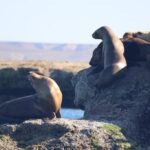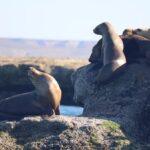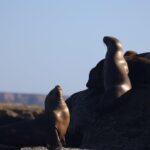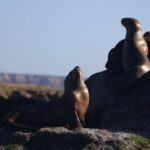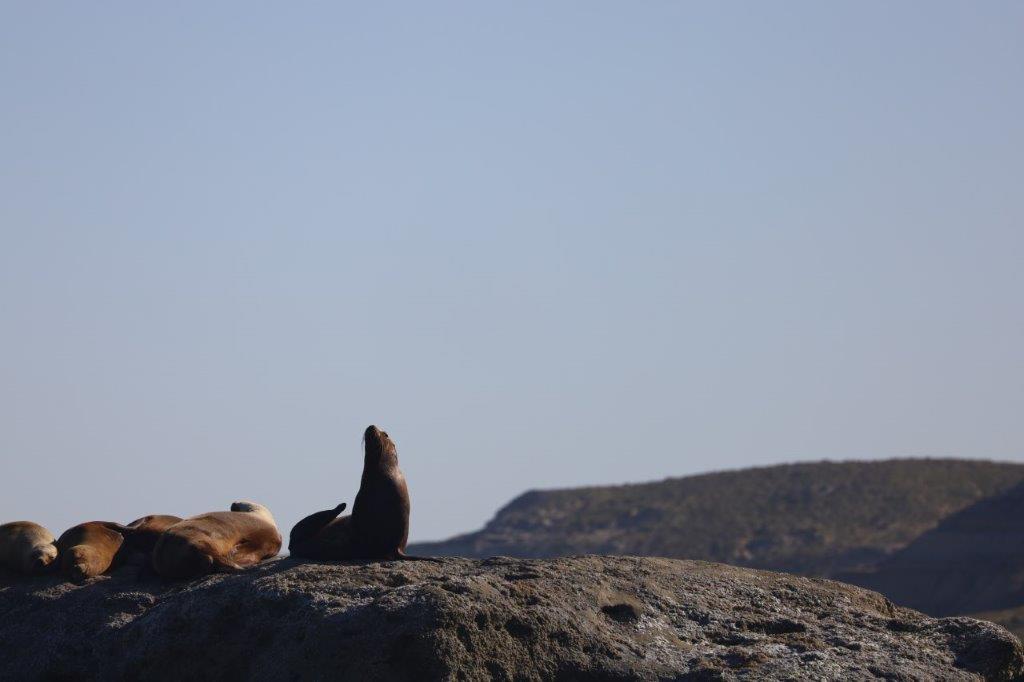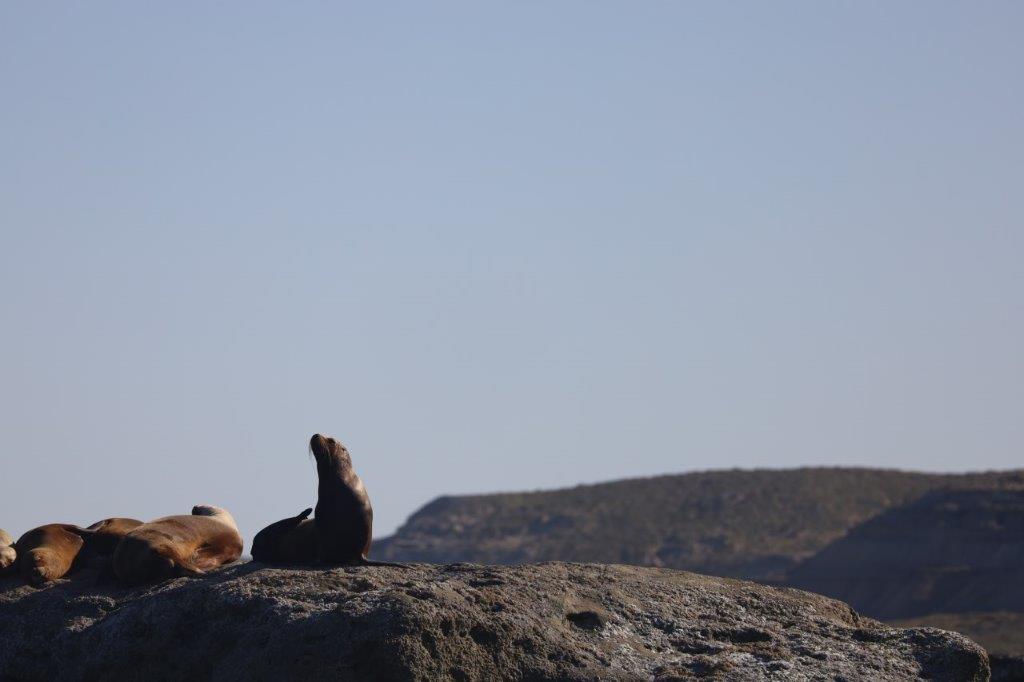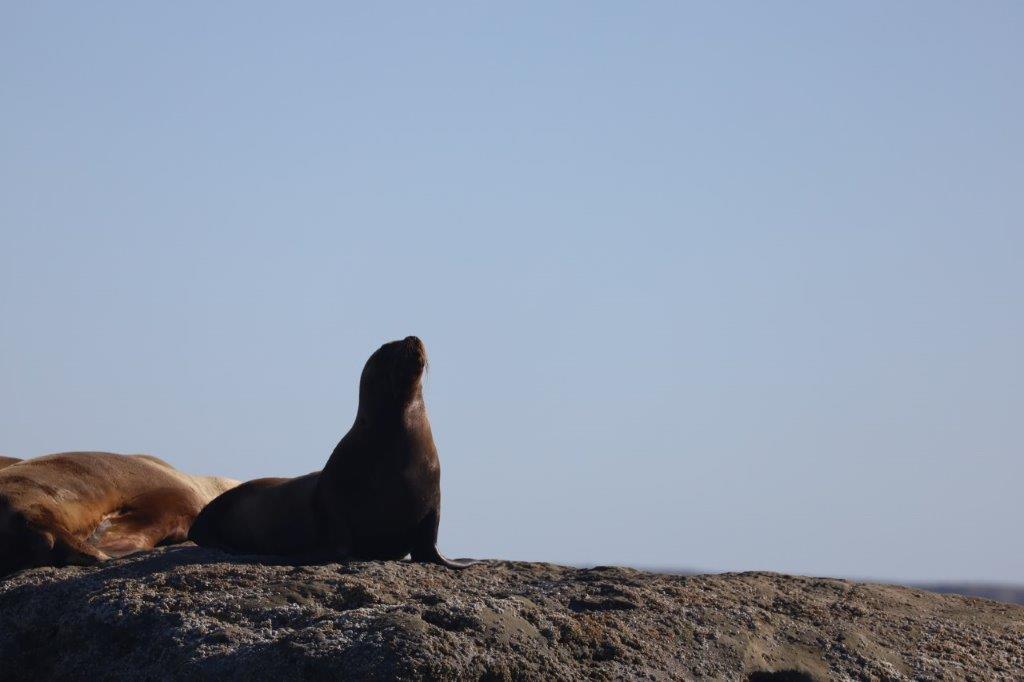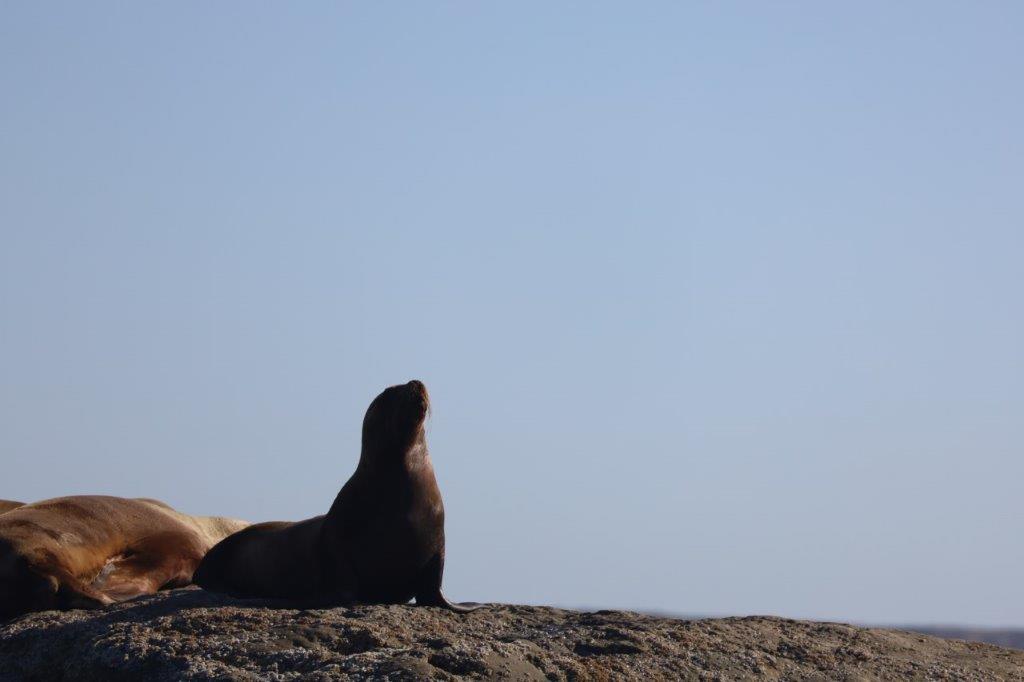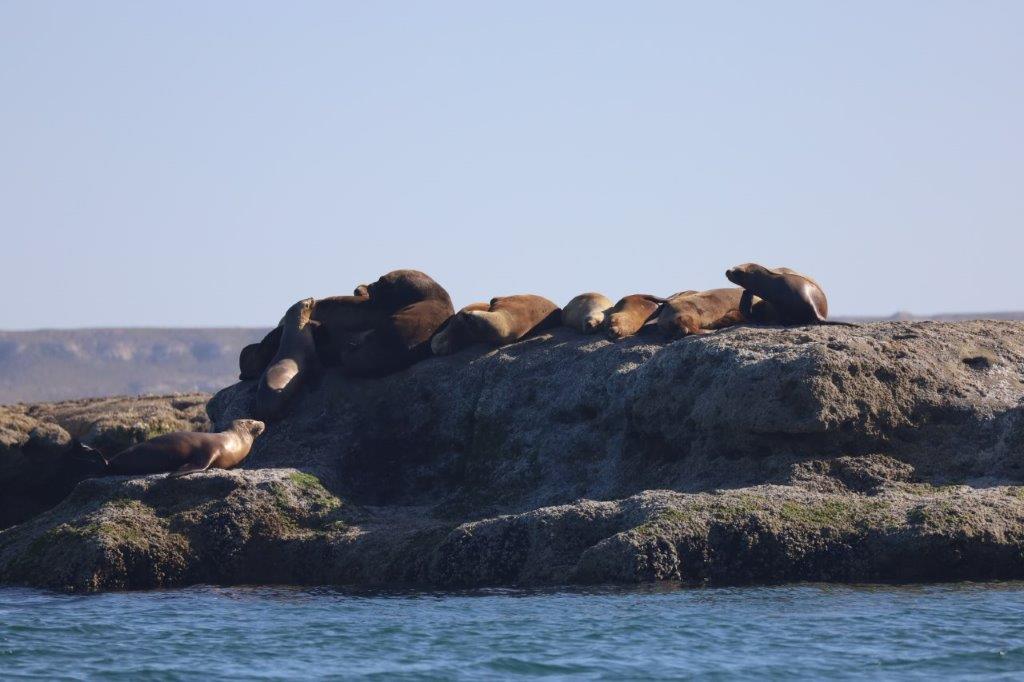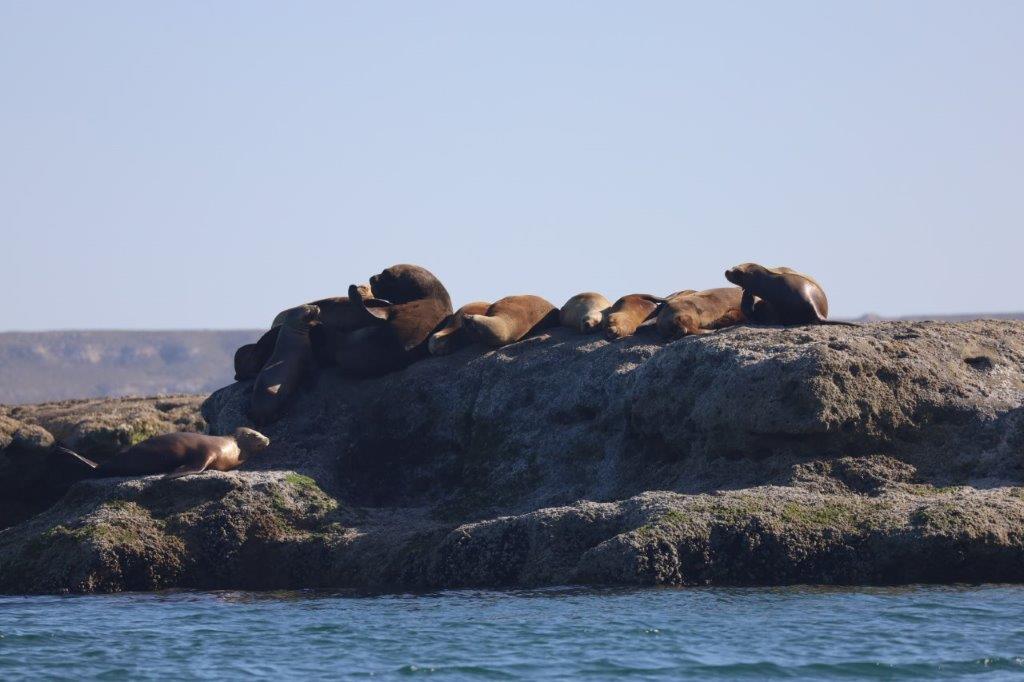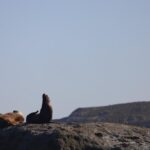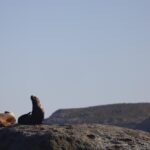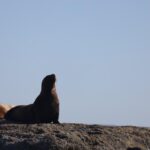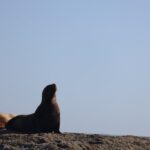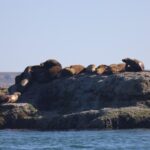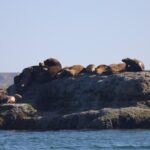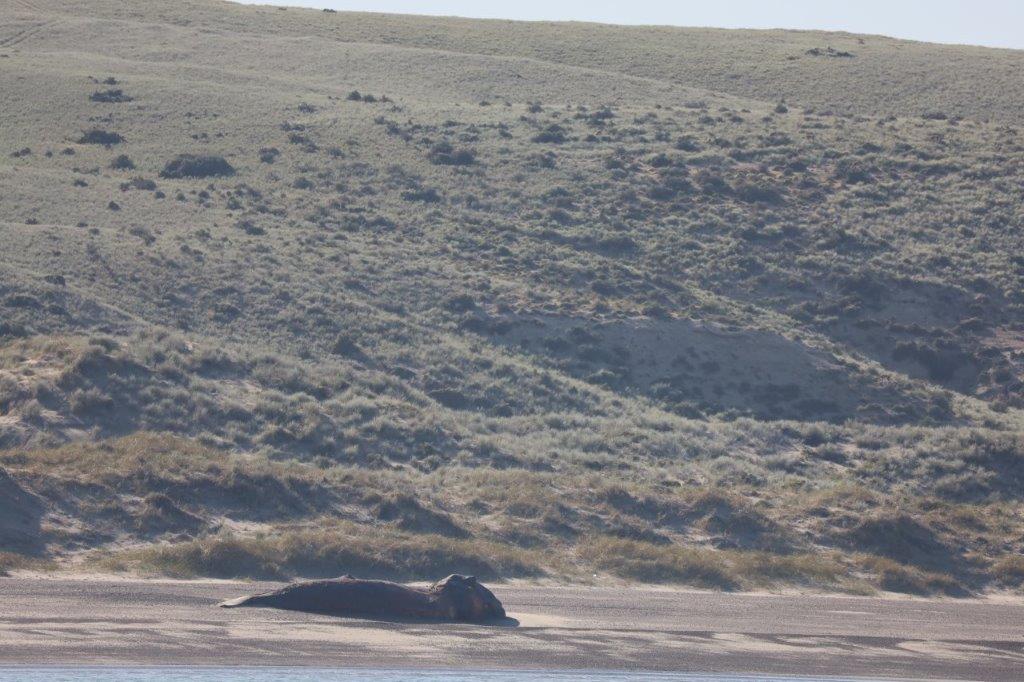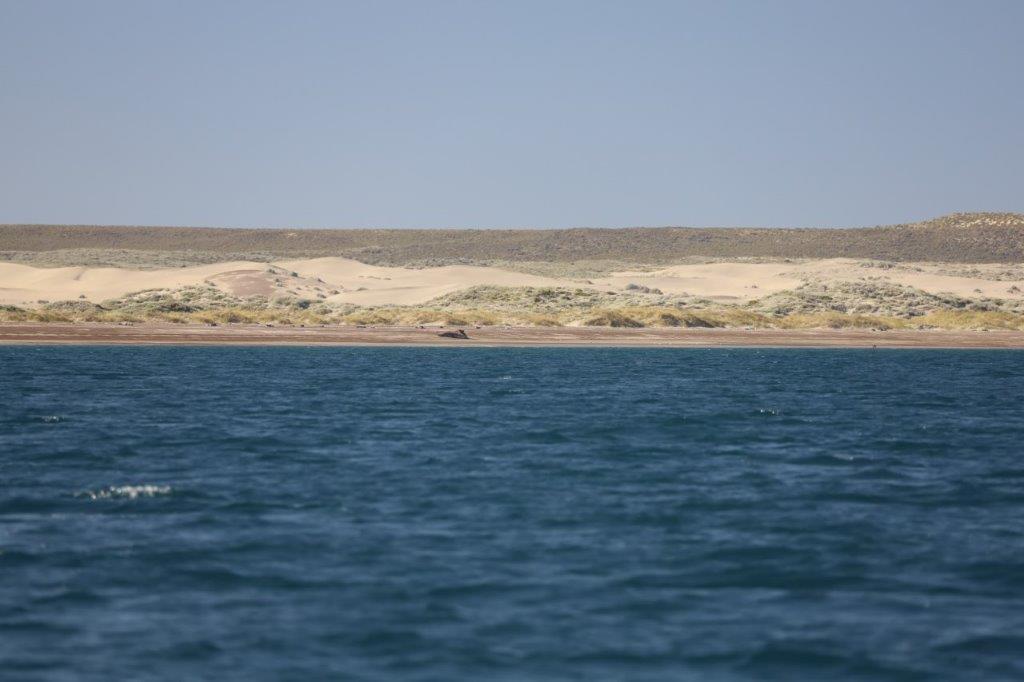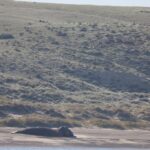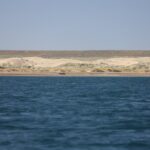7. Argentina: Marine wildlife from South American Seals to Southern Right Whales (Peninsula Valdes Nature Reserve/UNESCO World Heritage)
“Can it become any better in terms of spotting marine wildlife than it had been in the last couple of days?”, The Wandelgek wondered. He had seen Sea Lions, Penguins, Guanaco’s and Cormorants nesting on a steep cliff. Was there more?
Today The Wandelgek drove north and then west towards the entrance to the Peninsula Valdes Nature Reserve, where he visited the visitor center’s exhibition first.
The Valdes Peninsula is a peninsula into the Atlantic Ocean in the Biedma Department of north-east Chubut Province, Argentina. Around 3,625 km2 (896,000 acres; 1,400 sq mi) in size (not taking into account the isthmus of Carlos Ameghino which connects the peninsula to the mainland), it is an important nature reserve which was listed as a World Heritage Site by UNESCO in 1999.
Geography
The nearest large town is Puerto Madryn. The only town on the peninsula is the small settlement of Puerto Pirámides. There are also a number of estancias, where sheep are raised.
Most of the peninsula is barren land with some salt lakes. The largest of these lakes is at an elevation of about 40 m below sea level, until recently thought to be the lowest elevation in Argentina and South America (the lowest point actually being Laguna del Carbón, Argentina).
The coastline is inhabited by marine mammals, like sea lions, elephant seals and fur seals. The peninsula also contains the most important breeding ground for Southern right whales in the world.
They can be found in Golfo Nuevo and Golfo San José, protected bodies of water located between the peninsula and the Patagonian mainland. These baleen whales arrive between May and December, for mating and giving birth, because the water in the gulf is quieter and warmer than in the open sea. Orcas can also be found off the coast, in the open sea off the peninsula. They are known to beach themselves on shore to capture sea lions and elephant seals.
The inner part of the peninsula is inhabited by rheas, guanacos and maras. A high diversity and range of birds live in the peninsula as well; at least 181 bird species, 66 of which migratory, live in the area, including the Antarctic pigeon.
Valdes Peninsula has a semi-arid climate. It has a climate typical of northern Patagonia that is modified with interactions between atmospheric circulation patterns and the adjacent ocean.
Puerto Piramides
Puerto Pirámides is an Argentine town in Viedma Department, Province of Chubut. Its population at the 2001 census [INDEC] was 429 inhabitants. It is the only town on the Valdes Peninsula. It began in 1898 when the inland salinas were exploited for salt.
 One of six nature reserves along Península Valdés, the Punta Pirámide reserve was established in 1974. The only town in Península Valdés, Puerto Pirámides became one of the premier whale watching destinations in the world; the municipality has six hotels, 15 lodges and two campgrounds.
One of six nature reserves along Península Valdés, the Punta Pirámide reserve was established in 1974. The only town in Península Valdés, Puerto Pirámides became one of the premier whale watching destinations in the world; the municipality has six hotels, 15 lodges and two campgrounds.
 Originally inhabited by the Tehuelche people, attempts around 1800 to take control of the area on the part of Spanish and Criollo colonists resulted in a routing by the headstrong Tehuelches.
Originally inhabited by the Tehuelche people, attempts around 1800 to take control of the area on the part of Spanish and Criollo colonists resulted in a routing by the headstrong Tehuelches.
 The Tehuelche people, also called the Aónikenk, are an indigenous people from eastern Patagonia in South America. In the 18th and 19th centuries the Tehuelche were influenced by Mapuche people, and many adopted a horseriding lifestyle. Once a nomadic people the lands of the Tehuelche were colonized in the 19th century by Argentina and Chile gradually disrupting their traditional economies. The establishment of large sheep farming estates in Patagonia was particularly detrimental to the Tehuelche. Contact with outsiders also brought in infectious diseases ushering deadly epidemics among Tehuelche tribes. Most existing members of the group currently reside the in cities and towns of Argentine Patagonia.
The Tehuelche people, also called the Aónikenk, are an indigenous people from eastern Patagonia in South America. In the 18th and 19th centuries the Tehuelche were influenced by Mapuche people, and many adopted a horseriding lifestyle. Once a nomadic people the lands of the Tehuelche were colonized in the 19th century by Argentina and Chile gradually disrupting their traditional economies. The establishment of large sheep farming estates in Patagonia was particularly detrimental to the Tehuelche. Contact with outsiders also brought in infectious diseases ushering deadly epidemics among Tehuelche tribes. Most existing members of the group currently reside the in cities and towns of Argentine Patagonia.
 In 1898, Buenos Aires developer Antonio Muno ventured into the exploitation of the area’s considerable salt mines, for which he obtained permission to build a rail line and other facilities in 1900. Opting for the calm waters of the Golfo Nuevo, he christened the new settlement Puerto Pirámides for the numerous pyramid-shaped cliffs that overlook the inlet.
In 1898, Buenos Aires developer Antonio Muno ventured into the exploitation of the area’s considerable salt mines, for which he obtained permission to build a rail line and other facilities in 1900. Opting for the calm waters of the Golfo Nuevo, he christened the new settlement Puerto Pirámides for the numerous pyramid-shaped cliffs that overlook the inlet.
The disruption of international trade during World War I, however, caused the temporary collapse of the salt market and the closure of the local salt mines. Following bankruptcy proceedings, Muno was forced to cede his share of the land to one of his partners, Alejandro Ferro, who kept the area as a semi-private haven until the Province of Chubut expropriated it in 1958.
The inlet was the scene of an as-yet unexplained series of submarine incidents during 1958 to 1960, though afterward, the tiny hamlet drew little interest; tourists preferred nearby Golfo San Jorge, where whale watching was better. During a survey of the area in 1972, famed oceanographer Jacques Cousteau observed that calving southern right whale mothers in a Golfo Nuevo location near Puerto Pirámides had little interest in raising offspring there, despite preferring to give birth at the site. When local entrepreneurs launched the first tourist expeditions later that year, however, calving whales began to stay year-round.
Whale watching
After a picture at the Whale tail statue which was there to honor adventurer and whale watcher…
… The Wandelgek walked towards the beach of the Golfo Nuevo…
…and towards one of the boats. He boarded the left one and the boat was carried to the water.
The boat went to the Punta Ninfas Peninsula, where The Wandelgek had been biking a few days earlier.
Punta Ninfas (Spanish for: “Nymphs Point”) is found in Chubut Province, Patagonia, Argentina. A promontory into the Atlantic Ocean, it encloses one side of the Golfo Nuevo, with Península Valdés opposite almost enclosing the circular gulf. The Point is about 90 km southwest of Puerto Madryn.
A lighthouse is situated at the Point, which is made up of high, bare cliffs. Punta Ninfas is the location of an important colony of elephant seals, whose breeding season occurs from September to December, with their moulting season taking place from January to April.
The Wandelgek didn’t see any elephant seals but a South American seal colony was occupying the rugged rocky coast.
Sea Lions
The South American sea lion is among the largest of and most sexually dimorphic of the eared seals. Males measure up to 3 m (9.8 ft) in length with a weight of 350 kg (770 lb) while females reach a length 2 m (6 ft 7 in) and reach 150 kg (330 lb) in weight. Pups are born 0.86 m (2 ft 10 in) long and weigh 12–15 kg (26–33 lb). Size differences between the sexes exists in both newborns and juveniles.
Adult males have large heads with short, upturned snouts and long manes which reach the shoulders. The fur is mainly brownish with adult males being dark brown and females being nearly yellowish. Pups are born black but become reddish-brown after their first molt.
The South American sea lion is found along the coasts and offshore islands of South America, from Peru south to Cape Horn and then north to southern Brazil. Notable breeding colonies include Lobos Island, Uruguay; Peninsula Valdes, Argentina; Beagle Channel, and the Falkland Islands. Some individuals wander as far north as southern Ecuador, although apparently they never bred there. However, the movement ecology of South American sea lions remains poorly understood, although biologging studies in recent years have advanced our understanding of their at-sea movements at some breeding locations. There is no evidence of a winter migration of sea lions from the Falkland Islands.
Mating occurs between December and February. Males arrive first to establish and defend territories, but then switch to defending females when they arrive.
South American sea lions consume numerous species of fishes, including Argentine hake and anchovies. They also eat cephalopods, such as shortfin squid, Patagonian squid, and octopus. They have even been observed preying on penguins, pelicans, and young South American fur seals. South American sea lions may forage at the ocean floor for slow-moving prey or hunt schooling prey in groups, depending on the area. When captured, the prey is shaken violently and torn apart. South American sea lions have been recorded to take advantage of the hunting efforts of dusky dolphins. The sea lions themselves are preyed on by orcas and sharks; at Peninsula Valdes, orcas will beach themselves and grab sea lions near shore.
South American sea lions breed on beaches made of sand, gravel, rocky, or pebble. They can also be seen on flat, rocky cliffs with tidepools. Sea lion colonies tend to be small and scattered, especially on rocky beaches. The colonies make spaces between each individual when the weather is warm and sunny.
Southern Right Whales
Then the boat turned and crossed the golf…
The Wandelgek had seen many whales before, mainly Humpback Whales and he came close to these giants when visiting Greenland in 2017:
and:
39. Greenland: Another whale hunt and visit to a whale grave
But Southern Right Whales are quite different from Humpback Whales…
Southern Right Whales do not travel as far north as Humpbacks (which can be spotted inGreenland as well as in South Africa:
3d. South Africa – Cape Town: The Cape peninsula – Cape Point (Table Mountain National Park) – 2015
Between june and december, the southern right whales swim towards the coast of the peninsula valdes and into the sheltering and rich with food waters of the Golfo Nuevo, to mate and to give birth to their young.
Beneath is a skeleton of a Southern Right Whale with its enormous head…
Between its jaws are the baleens, which the whale uses to filter krill and other small fish from the water…
At the peninsula Valdes 2 currents collide. The northern Brazil Current carries warm sub tropical water while the southern Malvinas Current carries cold sub polar water. Temperatures in the San Jose Golf are 1 degree highr than those in Golfo Nueva. This is not a large difference and doesn’t matter much for seals, dolphins and whales, but it is crucial and very much of influence on the existence of tiny krill, which prefers the colder and less saillant water. Whales feed on this krill and thus they too choose the colder water to give birth to their young, to be able to feed afterwards.
The Wandelgek travelled further into the Golfo Nueva…
…and although it actually took some time to spot the 1st living whale (there were some dead whales which had washed upon the shore)…
But a bit later the 1st solitary living whale was sighted…
The best sighting however was that of a mother whale who had given birth to at least one calf but possibly even to two calfs. Scientists believe a mother whale to give birth to one calf a year, but much is unknown about whales and it seemed there was a second calf of the same mother present.
It is possible that the second calf is of another (maybe dead whale mother), but whenever tis was sighted, the second calf would keep its distance from the first calf, specially when feeding, until the first calf was finished. However in this case both calfs were competing as equals for their mother’s milk. This could point towards two siblings of the same mother. Hey National Geographic, Hey Nature, maybe something to research further?
The 2 young whales that showed themselves regularly were pushing their heads against their mother’s white belly to stimulate her to give milk…
Whales have mouths quite unsuitable for sucking a nipple. That is why whale mothers secrete their milk into the water. This milk contains so much fat that it doesn’t mix with water, but forms a bulb of milk instead.
The young whales can than swallow this bulb of milk.
When the mother is in need of a break from secreting milk, the whale calfs don’t stop pushing her white belly. That is why she turns herself on her back, showing her white belly and preventing het calfs to reach it…
The mother’s large fins were clearly visible as she balanced herself on her back.
It was a breathtaking sight to see these three whales acting as a family which had an abundance of food to their disposal in this large Golfo Nuevo.
The calfs could grow here until it is time to return to the dangers of the Atlantic.
Along the coastline of Argentina and specificly the Peninsula Valdes, orca’s were patrolling, hunting for whales and whale calfs…
Wales have different tactics to outsmart orcas but the strangest tactic is that of the Sperm Whale. It is not quick enough to outrun a pack of orcas, because its aerodynamics are almost zero, with its blunt vertical wall like front. But when attacked by a group of hungry orcas, it produces the loudest sound in the world of animals. It is a clicking sound which it can produce at a high repetitive speed. Each underwater click sounds louder than a gun shot close to your head. It takes probably an already deafened pack of orcas to keep hunting and bring down such a whale…😂
After having had the enormous luck and privilege to see these large animals for a while, the boat returned to Puerto Piramides, from where The Wandelgek would continue his exploration of the peninsula…



